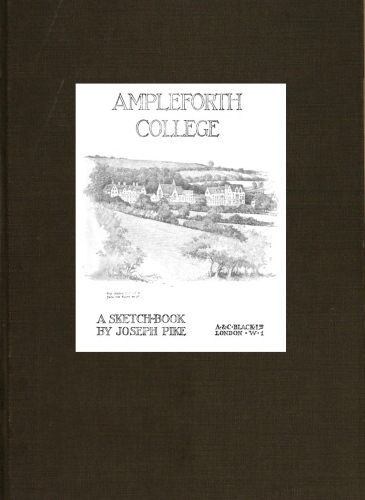

A SKETCH-BOOK
BY JOSEPH PIKE
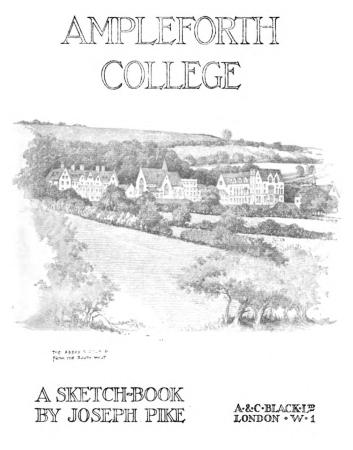
THE ABBEY AND COLLEGE FROM THE SOUTH WEST TITLE PAGE
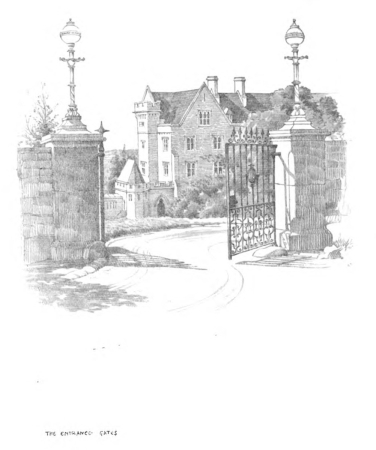
THE ENTRANCE GATES
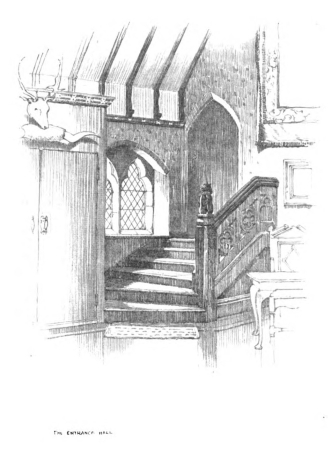
THE ENTRANCE HALL
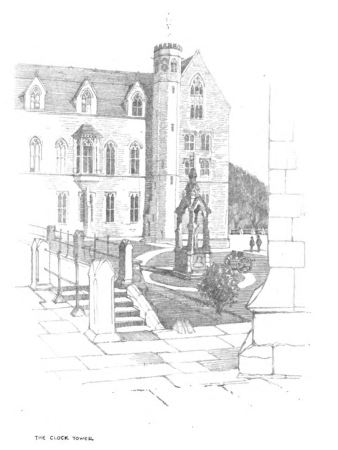
THE CLOCK TOWER
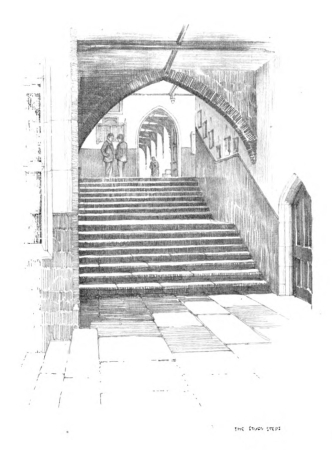
THE STUDY STEPS

THE STUDY

THE UPPER LIBRARY
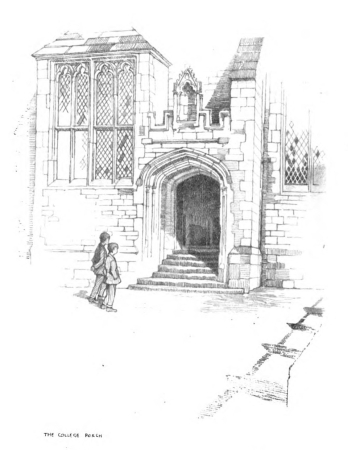
THE COLLEGE PORCH
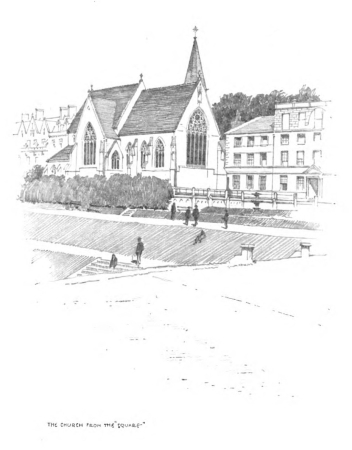
THE CHURCH FROM “THE SQUARE”
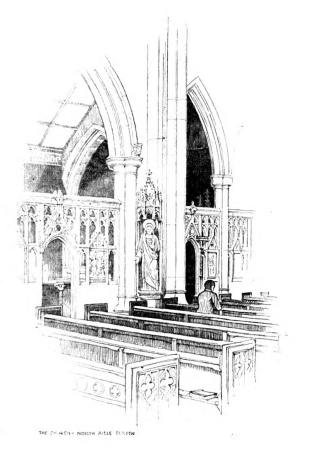
THE CHURCH—NORTH AISLE SCREEN
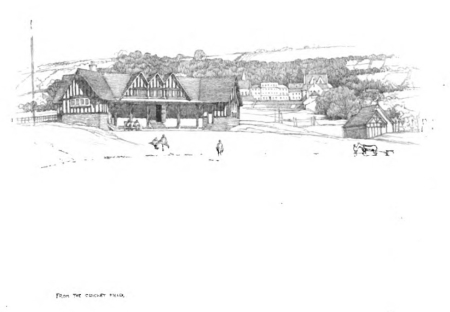
FROM THE CRICKET FIELD
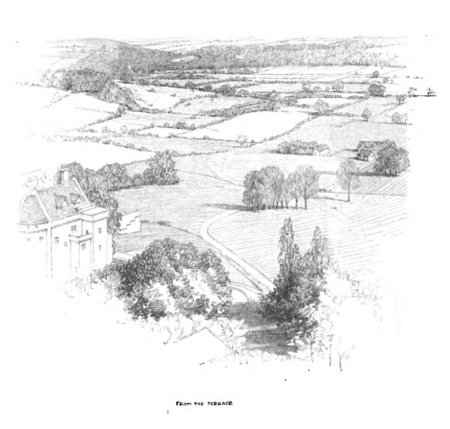
FROM THE TERRACE
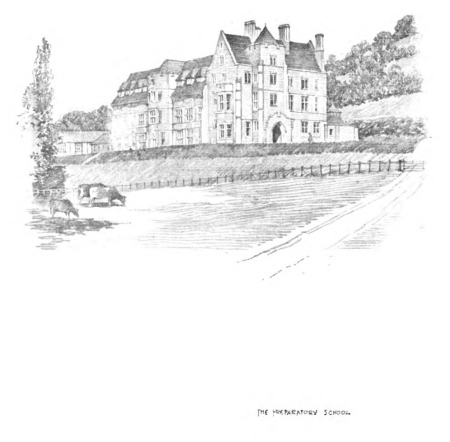
THE PREPARATORY SCHOOL
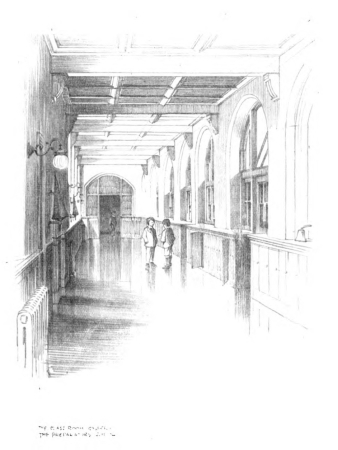
THE CLASS ROOM GALLERY—THE PREPARATORY SCHOOL
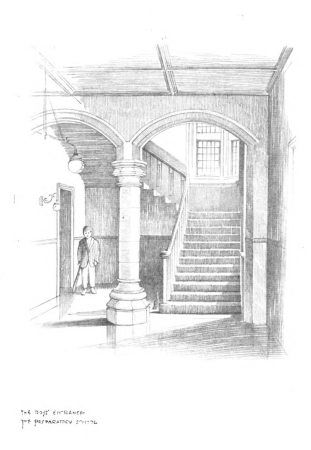
THE BOYS' ENTRANCE—THE PREPARATORY SCHOOL

THE DORMITORY—THE PREPARATORY SCHOOL

A SKETCH-BOOK
BY
D. S. ANDREWS
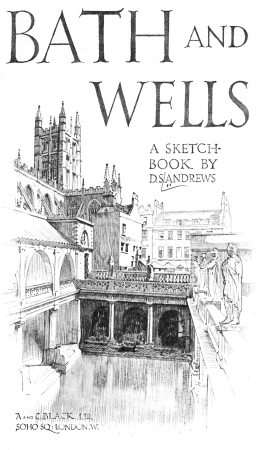
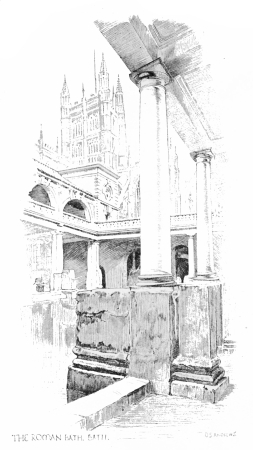
The Roman Bath, Bath.
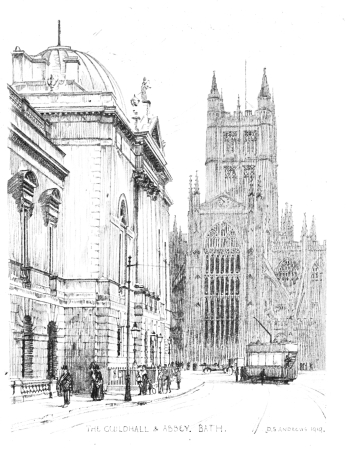
The Guildhall, and Abby. Bath.
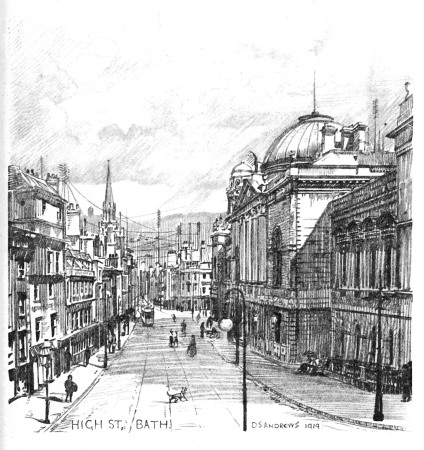
The Hight Street, Bath.

St Michael’s Church, Bath.
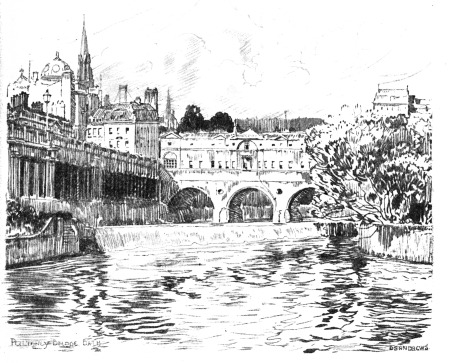
The Pulteney Bridge, Bath.
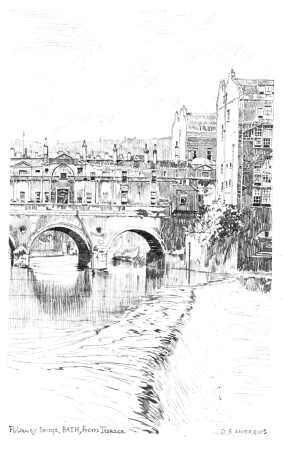
The Pulteney Bridge, from the Terrace, Bath.
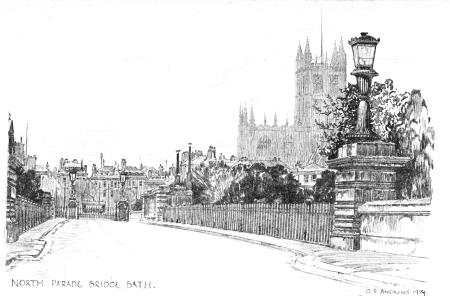
The North Parade, Bridge, Bath.
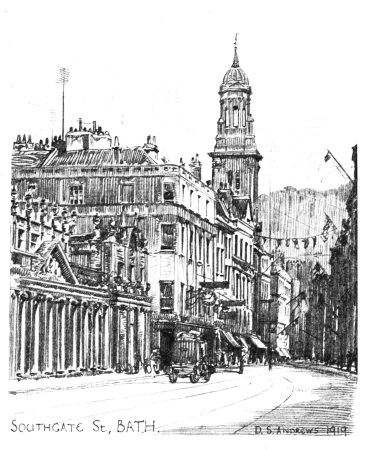
Southgate Street, Bath.
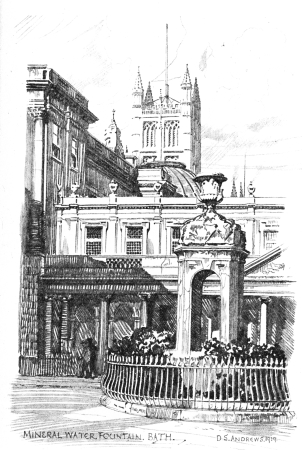
The Mineral Water Fountain, before being overgrown.
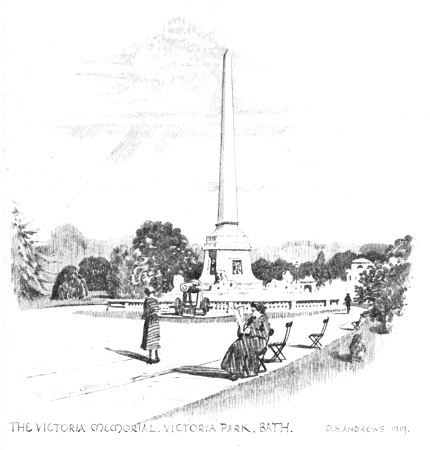
The Victoria Memorial, Victoria Park, Bath.

The Doorway, Beau Nash’s House, Bath.
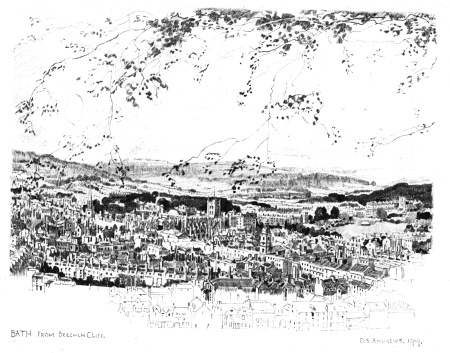
Bath from Beechen Cliff.
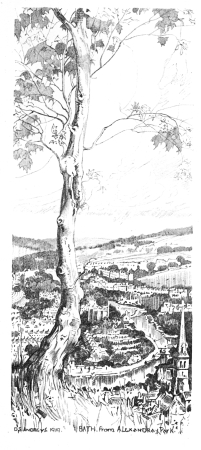
Bath & The Canal from Alexandra Park.
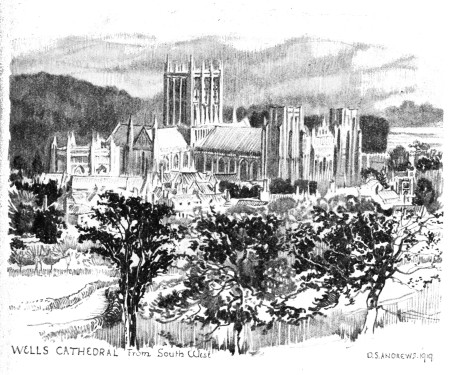
Wells Cathedral from the South-west.
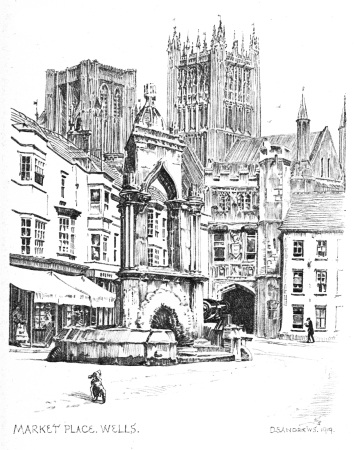
The Market-place, Wells.
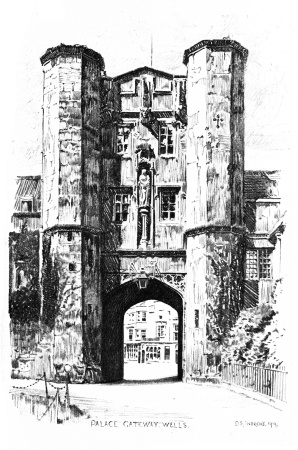
The Palace Gateway (the “Bishop’s Eye”), Wells.
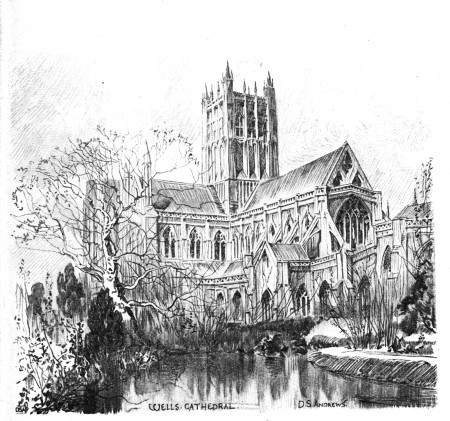
The Cathedral, Wells.
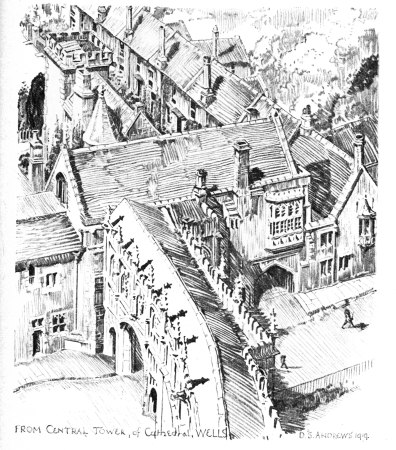
The Chain Gate, Etc. Wells; from the Central Tower.
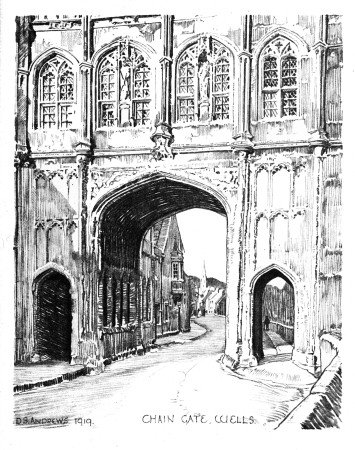
The Chain Gate, Wells.
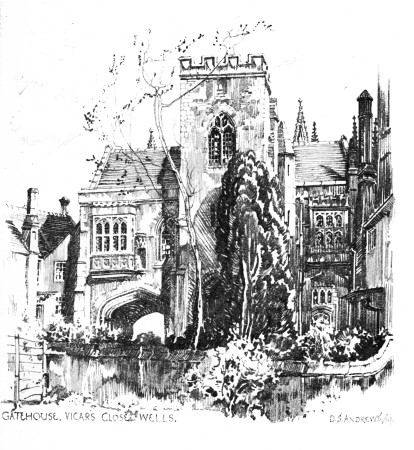
Gatehouse to Vicar’s Close, Wells.
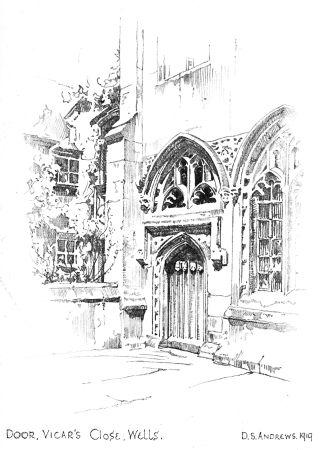
The Chapel Door, Vicar’s Close, Wells.
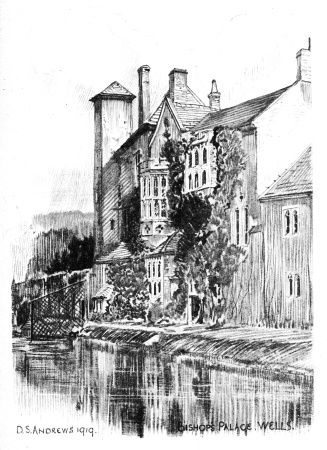
The Bishop’s Palace, Wells.
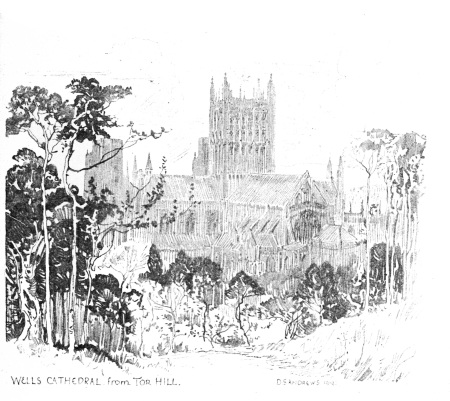
Wells Cathedral from Tor Hill.

A
SKETCH
BOOK
BY
DOROTHY
E·G
WOOLLARD
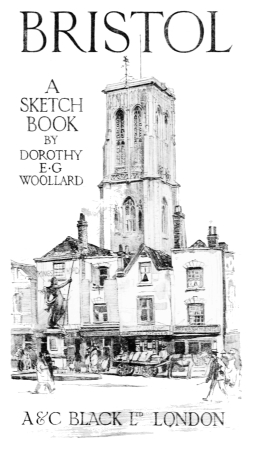
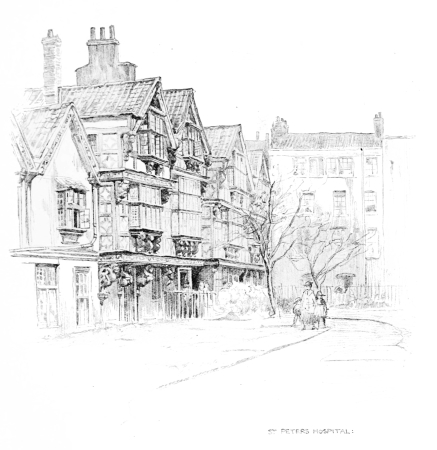
St. PETER'S HOSPITAL.
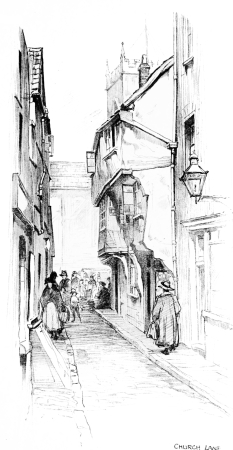
CHURCH LANE.
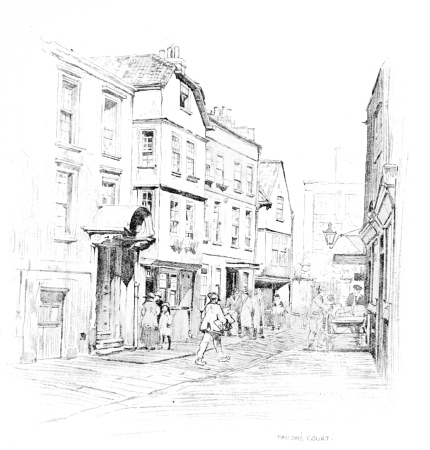
TAILOR'S COURT.
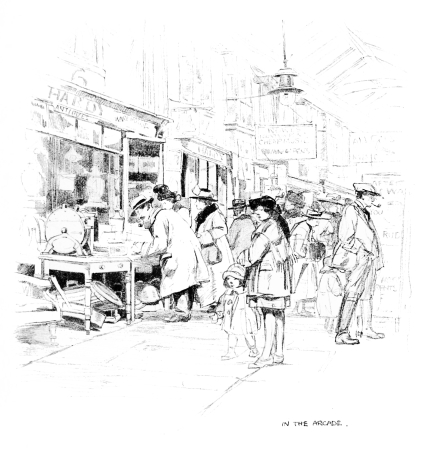
IN THE ARCADE.
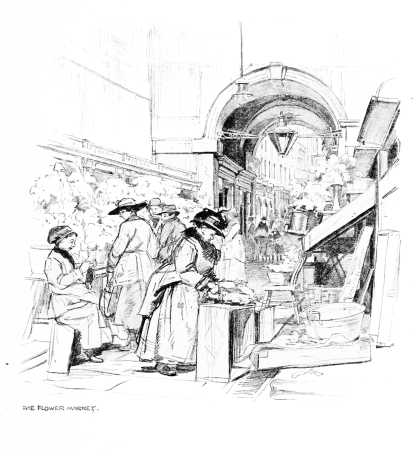
THE FLOWER MARKET.
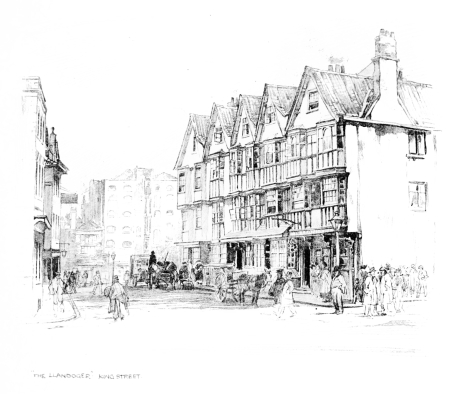
“THE LLANDOGER”. KING STREET.
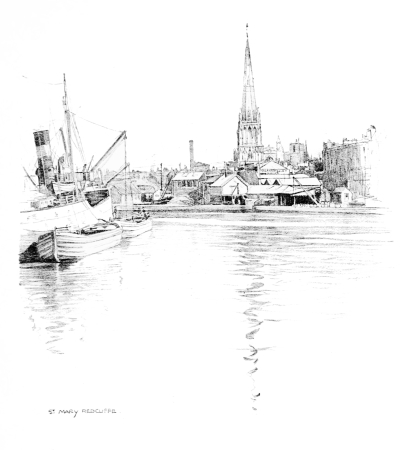
St. MARY REDCLIFFE.
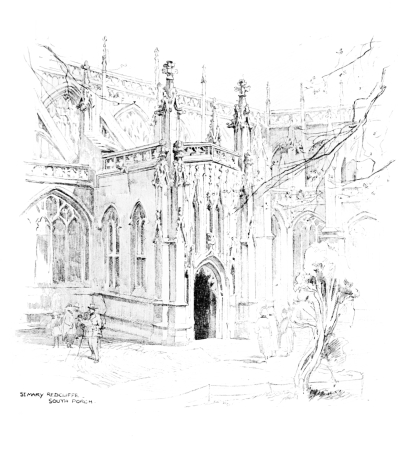
St. MARY REDCLIFFE. SOUTH PORCH.
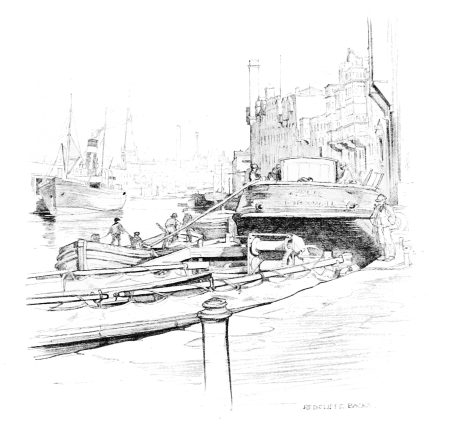
REDCLIFFE BACKS.
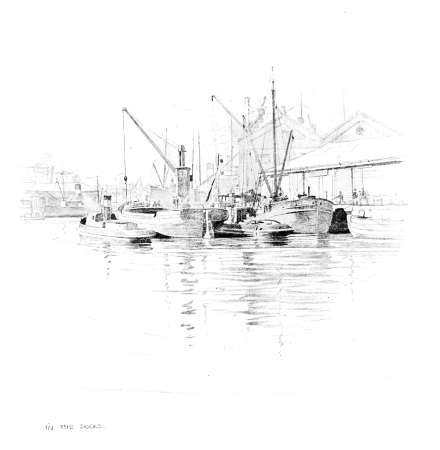
IN THE DOCKS.
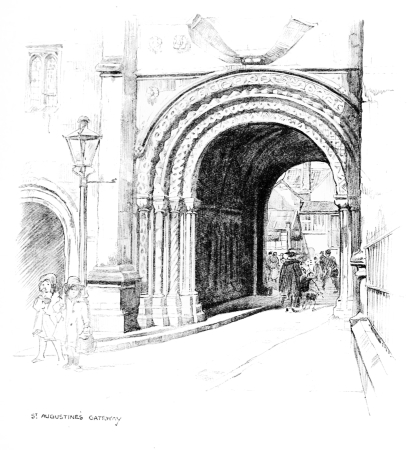
St. AUGUSTINE'S GATEWAY.
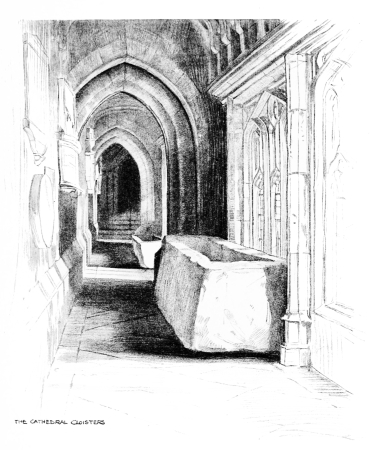
THE CATHEDRAL CLOISTERS.
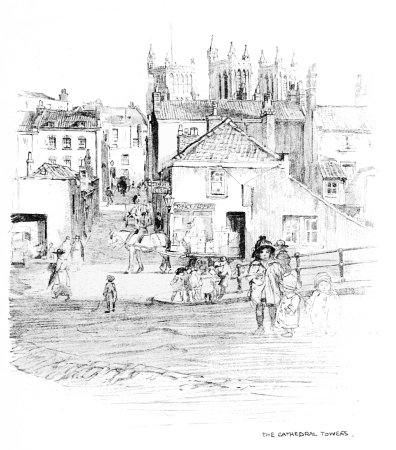
THE CATHEDRAL TOWERS.

THE CABOT TOWER. (FROM THE ROOF OF THE CATHEDRAL)
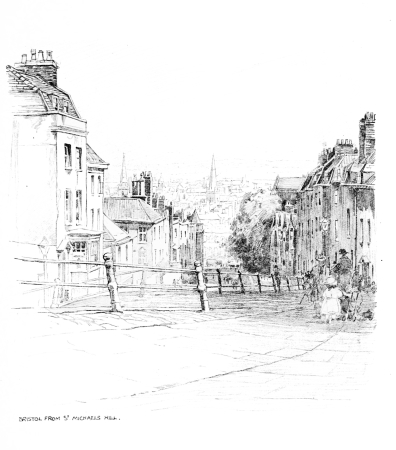
BRISTOL. FROM St. MICHAEL'S HILL.
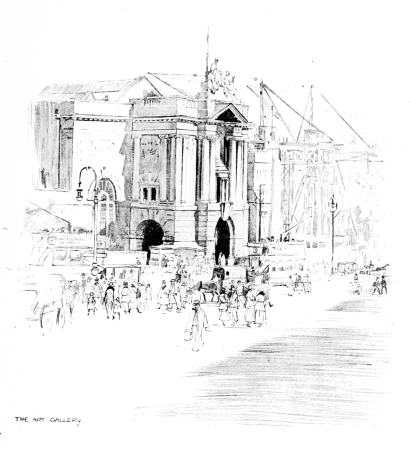
THE ART GALLERY.
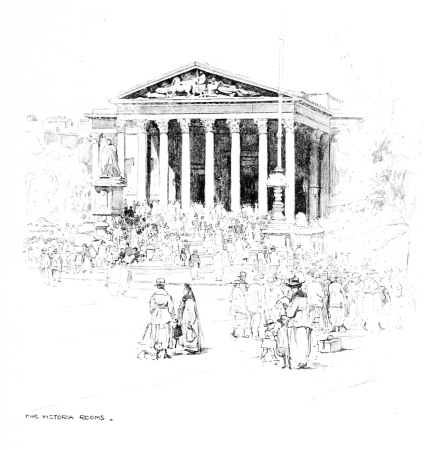
THE VICTORIA ROOMS.
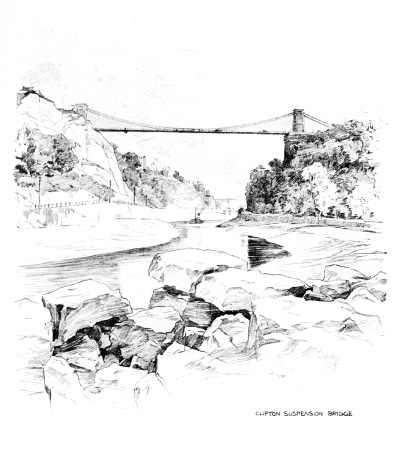
CLIFTON SUSPENSION BRIDGE.
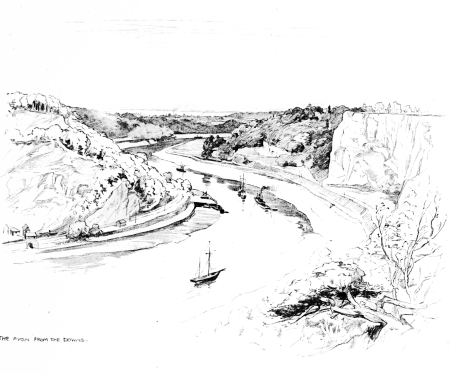
THE AVON FROM THE DOWNS.
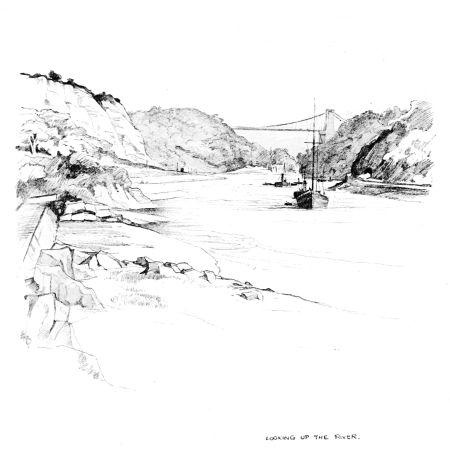
LOOKING UP THE RIVER.
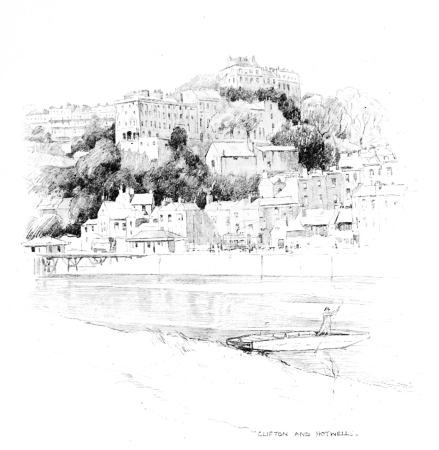
CLIFTON AND HOTWELLS.
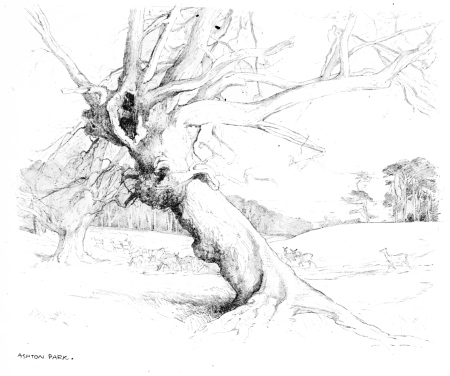
ASHTON PARK.
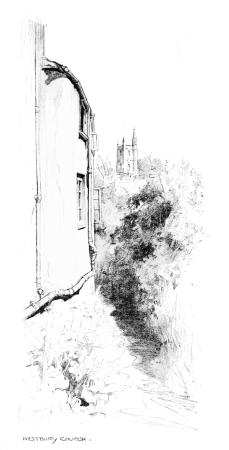
WESTBURY CHURCH.
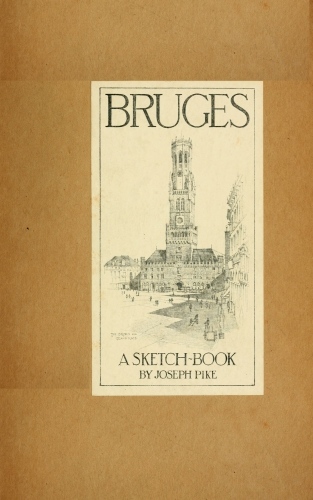
A SKETCH-BOOK
BY JOSEPH PIKE
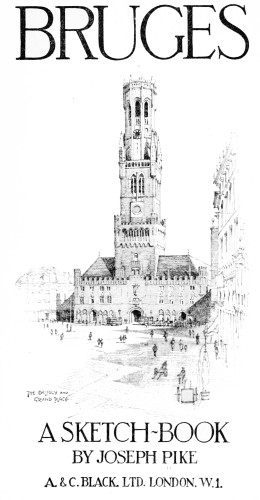
|
|
Published Spring, 1922
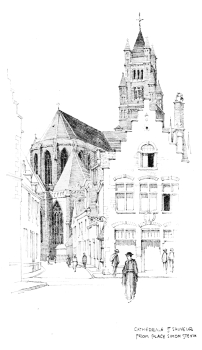
Cathedrale St. Sauveur from Place Simon Stevin

St. John's Hospital
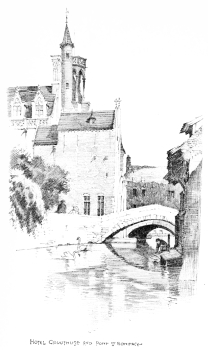
Hotel Gruuthuse and Pont St Boniface

Notre Dame
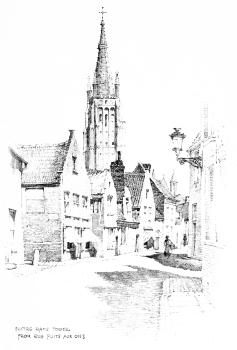
Notre Dame Tower from Rue Puits aux oies

Quai du Rosaire

Rue de L'Ane Aveugle
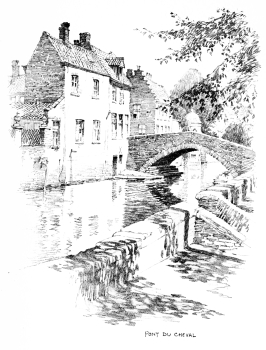
Pont du Cheval
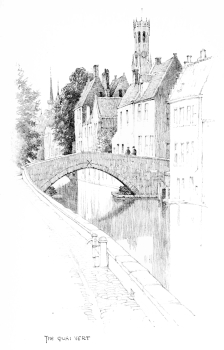
The Quai Vert
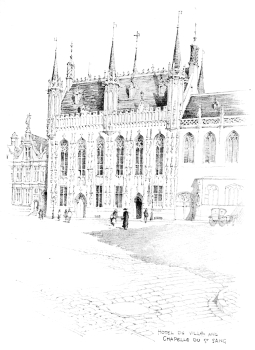
Hotel de Ville and Chapelle du St. Sang
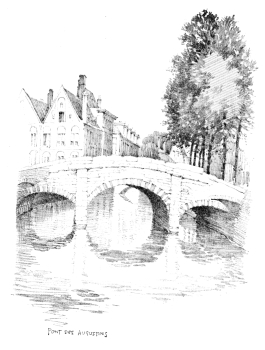
Pont des Augustins
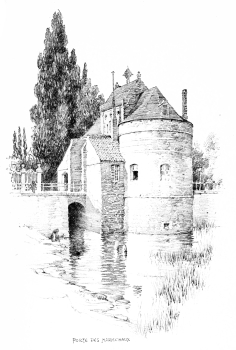
Porte de Marechaux
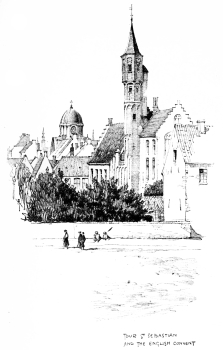
Tour St. Sebastian and the English Convent
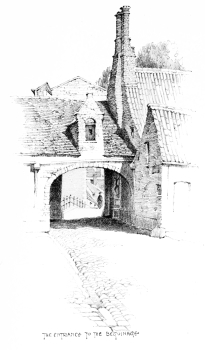
The Entrance to the Beguinage

The Minnewater.
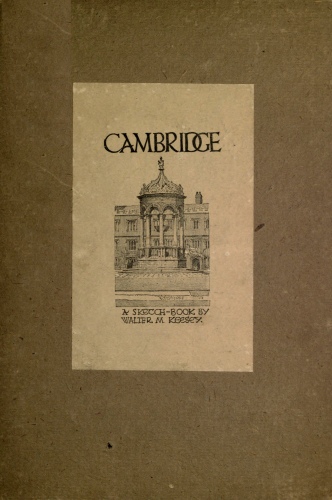
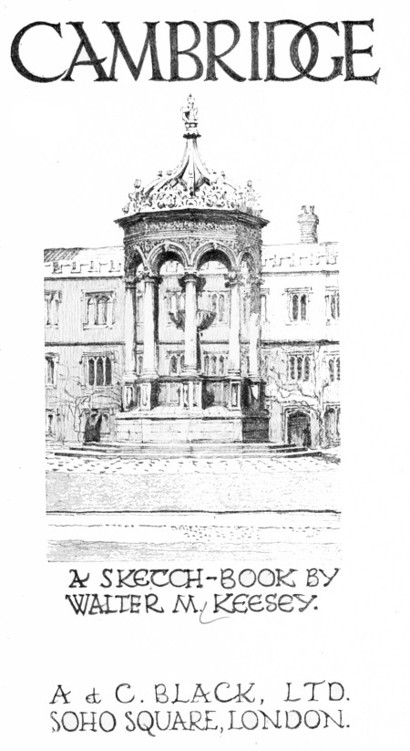
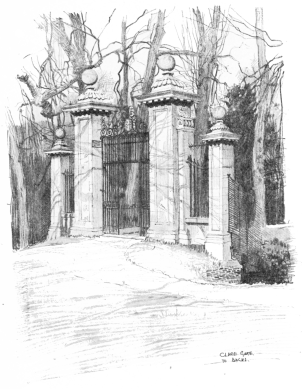
CLARE GATES TO BACKS
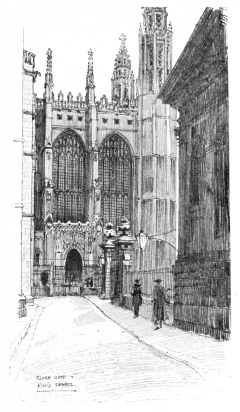
CLARE GATES & KING'S CHAPEL.
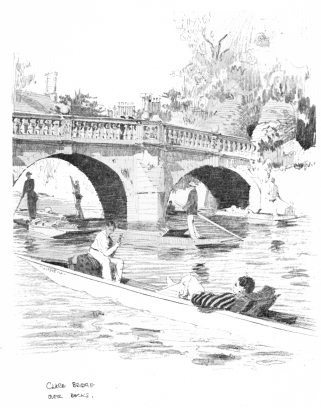
CLARE BRIDGE OVER BACKS.
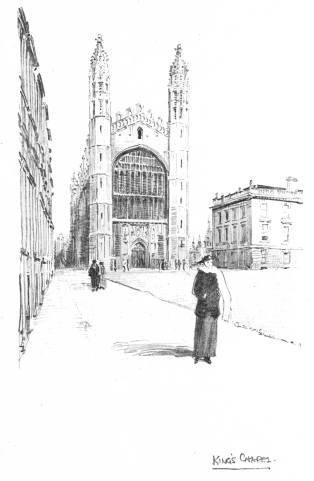
KING'S CHAPEL.
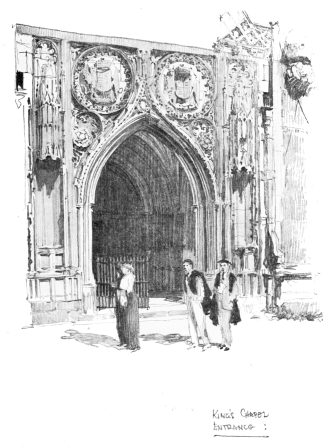
KING'S CHAPEL ENTRANCE.
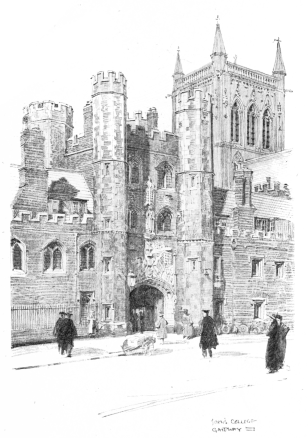
JOHN'S COLLEGE GATEWAY.

JOHN'S COLLEGE INNER COURT.
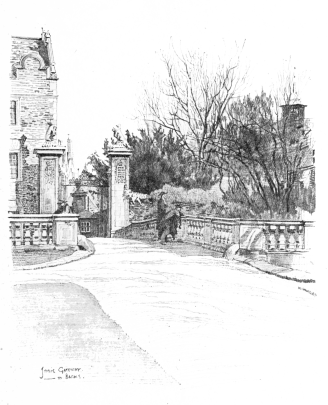
JOHN'S GATEWAY TO BACKS.
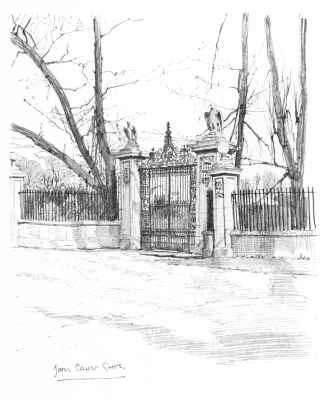
JOHN'S COLLEGE: KITCHEN GATES.
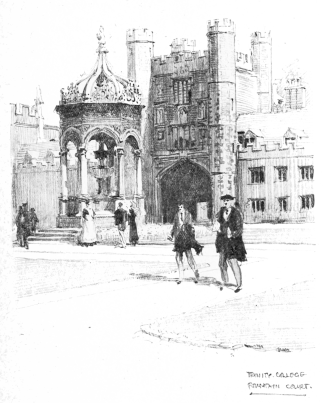
TRINITY COLLEGE FOUNTAIN COURT.
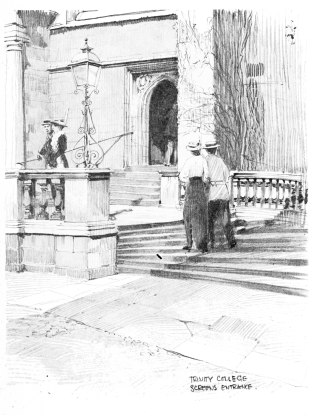
TRINITY COLLEGE SCREEN'S ENTRANCE.
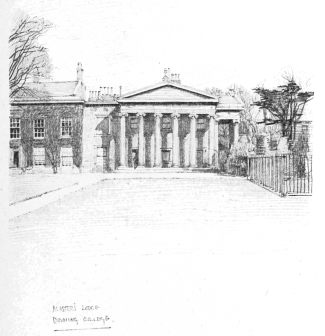
DOWNING COLLEGE: MASTER'S LODGE.
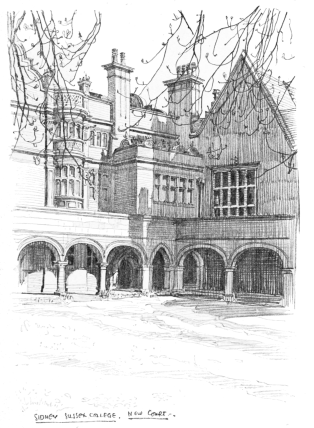
SIDNEY SUSSEX COLLEGE: NEW COURT.
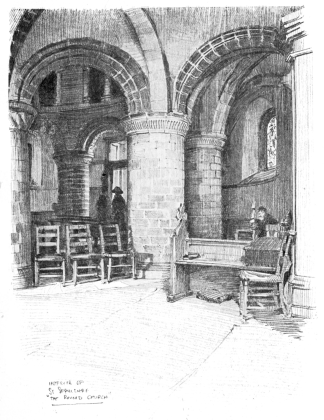
ST. SEPULCHRE'S. INTERIOR OF THE "ROUND CHURCH."
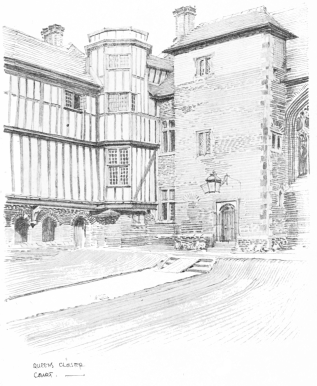
QUEEN'S COLLEGE: CLOISTER COURT.
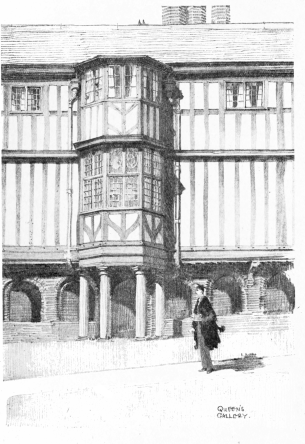
QUEEN'S COLLEGE: THE GALLERY.
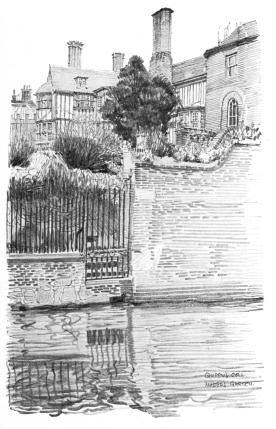
QUEEN'S COLLEGE: MASTER'S GARDEN.
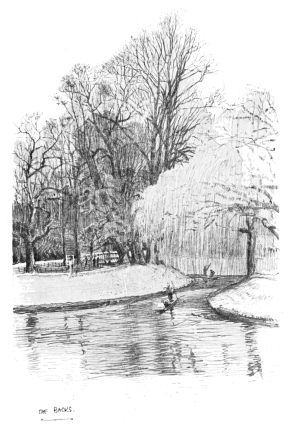
THE BACKS.
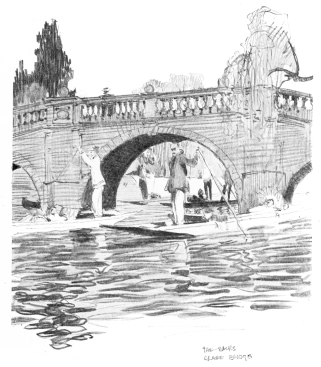
THE BACKS AND CLARE BRIDGE.
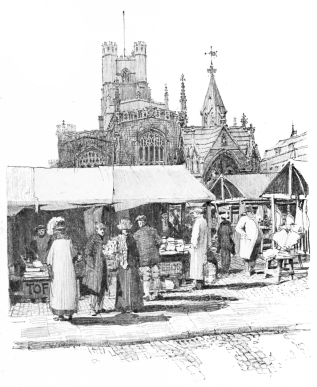
MARKET DAY.

THE FISHMARKET, SATURDAY EVENING.
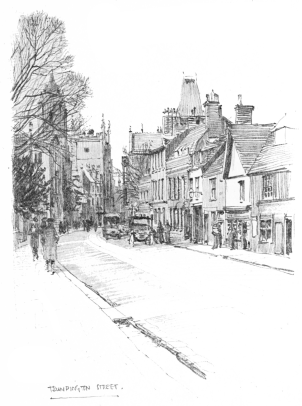
TRUMPINGTON STREET.
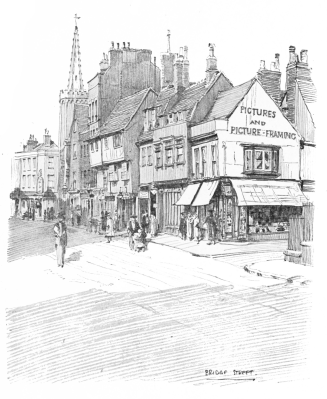
BRIDGE STREET.
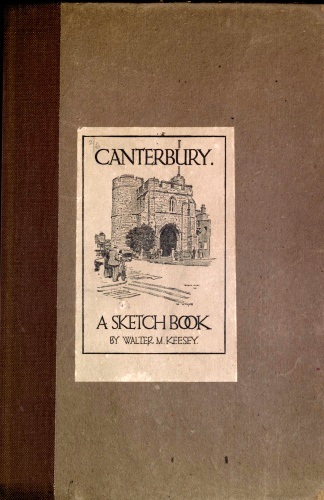
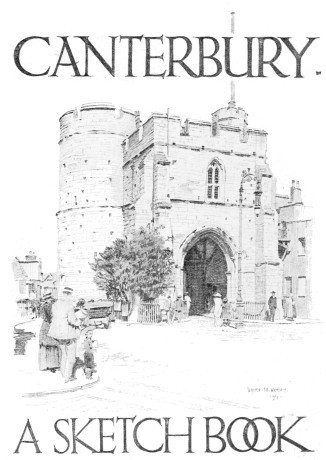
BY WALTER M. KEESEY.
A·&·C·BLACK·LIMITED·LONDON·1915
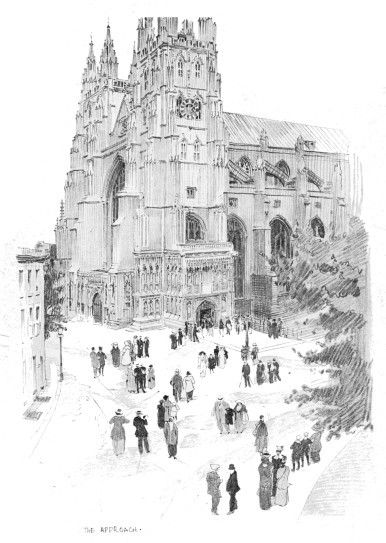
The Approach.
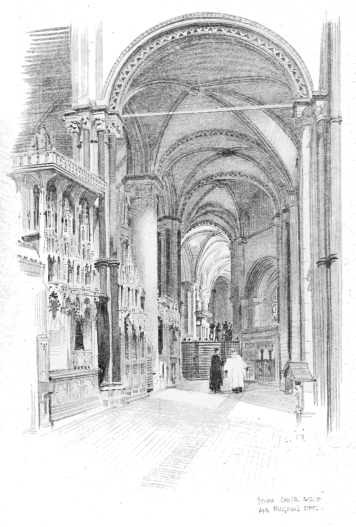
South Choir Aisle And Pilgrim's Steps.
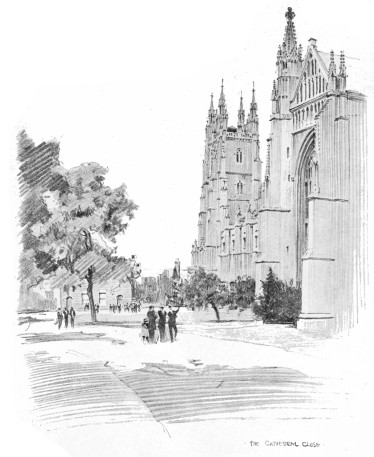
The Cathedral Close.
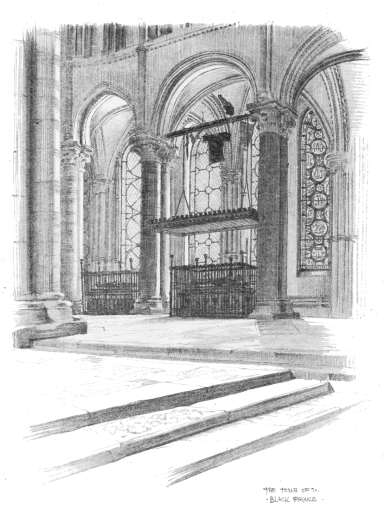
The Tomb of the Black Prince.
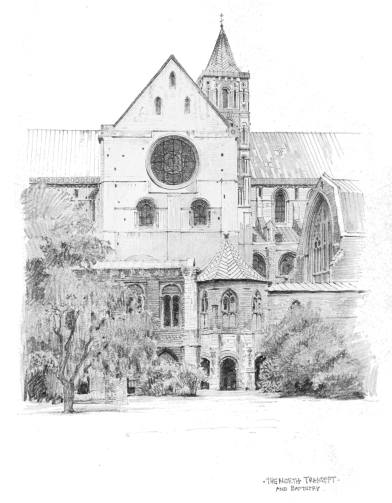
The North Transept and Baptistry.
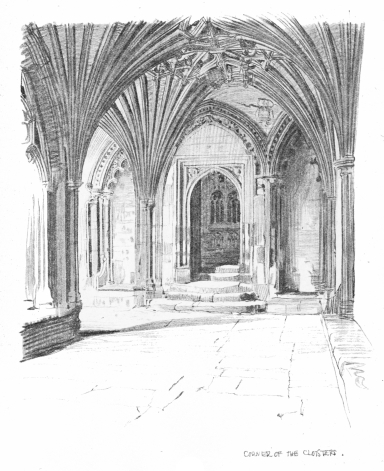
A Corner of the Cloisters.
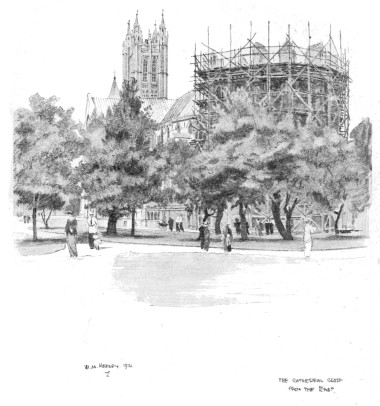
The Cathedral Close from the East.
W.M. KEESEY. 1914.
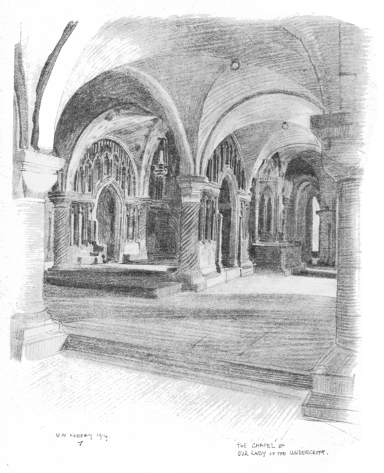
The Chapel of Our Lady of the Undercroft.
W.M. KEESEY. 1914.
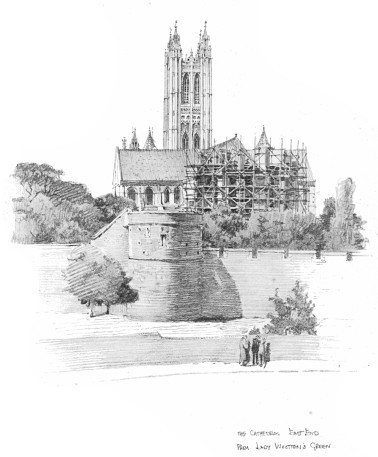
The East end from Lady Wooten's Green.
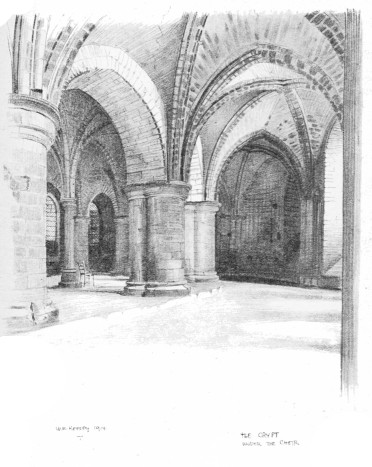
The Crypt from the Fields.
W.M. KEESEY. 1914.
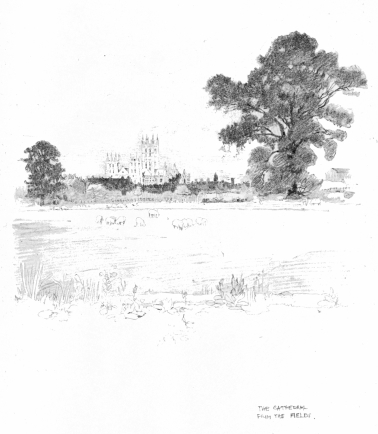
The Cathedral from the Fields.
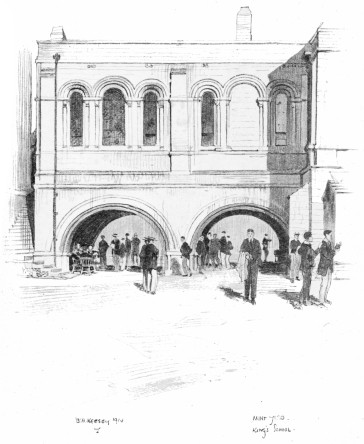
Mint Yard. King's School.
W.M. KEESEY. 1914.

The Westgate. Evening.
W.M. KEESEY. 1914.
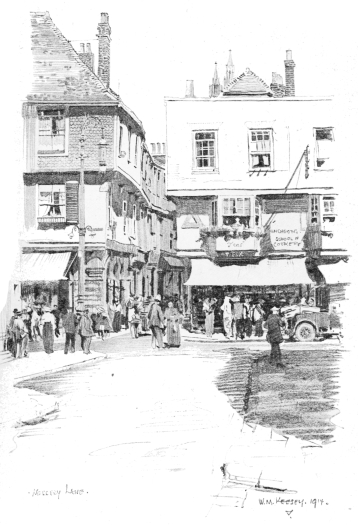
Mercery Lane.ç
W.M. KEESEY. 1914.
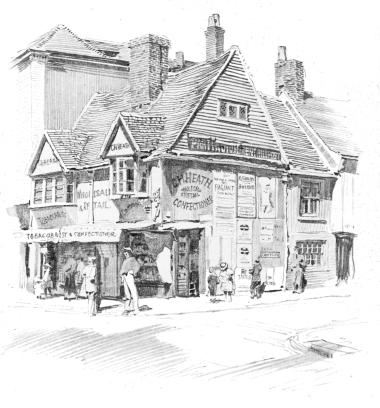
Old Houses. corner of The Friars.

Queen Elizabeth's Chambers.
W.M. KEESEY. 1914.
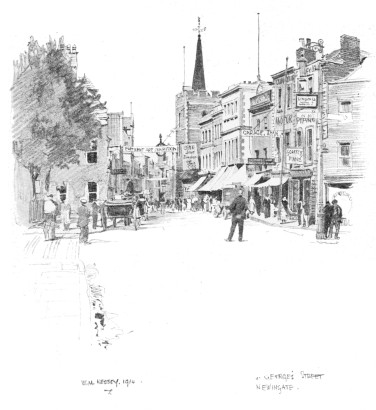
St Georges' Street. Newingate
W.M. KEESEY. 1914.
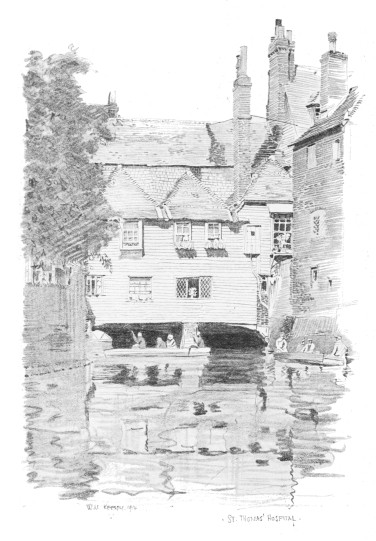
St Thomas' Hospital.
W.M. KEESEY. 1914.
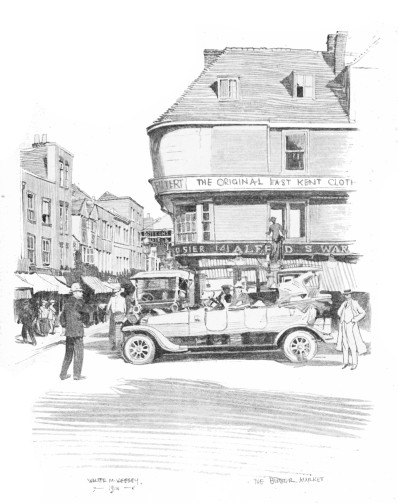
Butter Market.
W.M. KEESEY. 1914.
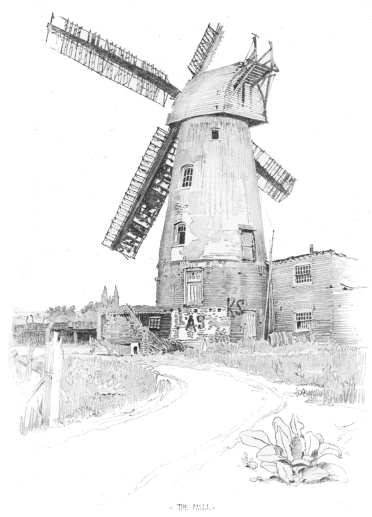
The Mill overlooking the City.
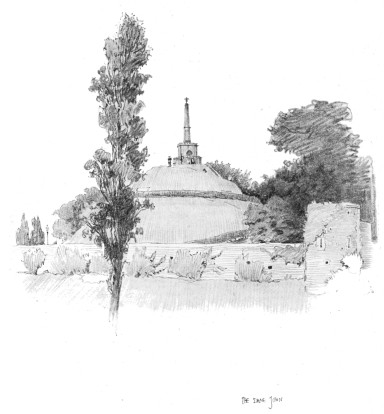
The Dane John.
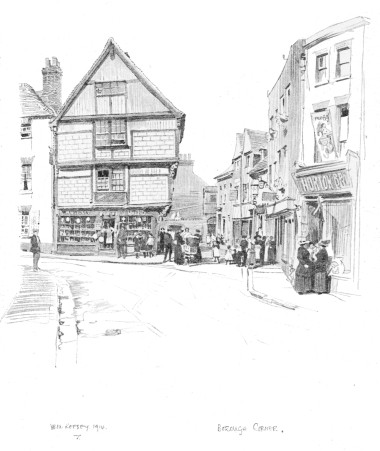
Borough Corner.
W.M. KEESEY. 1914.
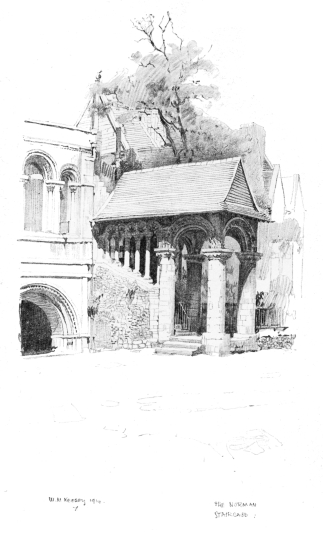
The Norman Staircase.
W.M. KEESEY. 1914.
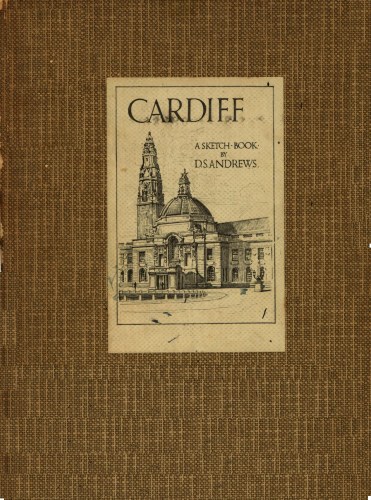
A SKETCH-BOOK
BY
D.S.ANDREWS.
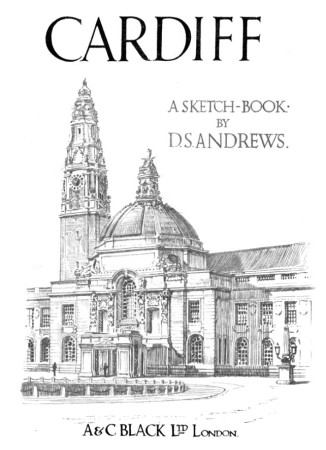
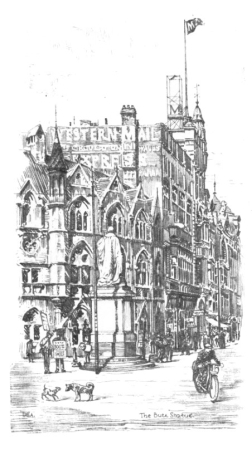
The Bute Statue, and Western Mail Building.
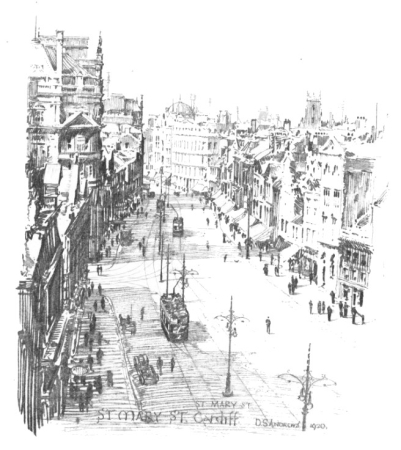
St Mary Street, from Old Town Hall.
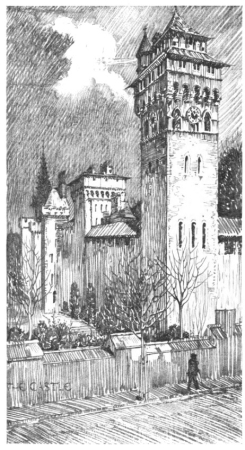
The Castle.
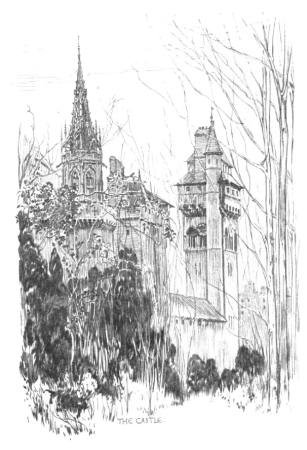
The Castle.
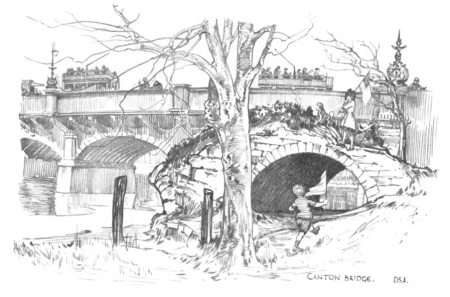
Canton Bridge.
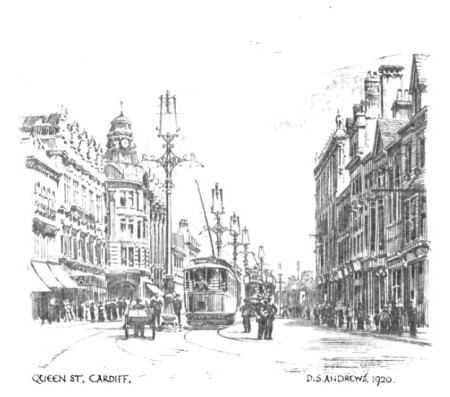
Queen Street.
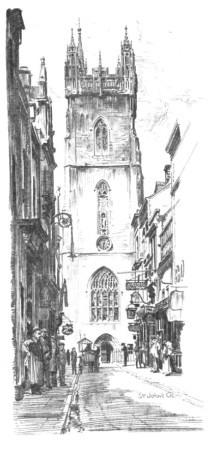
St John's Church, from Church Street.
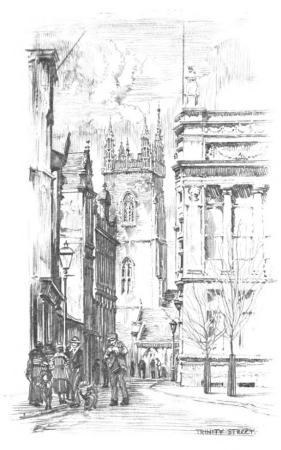
Trinity Street, and St John's Church.
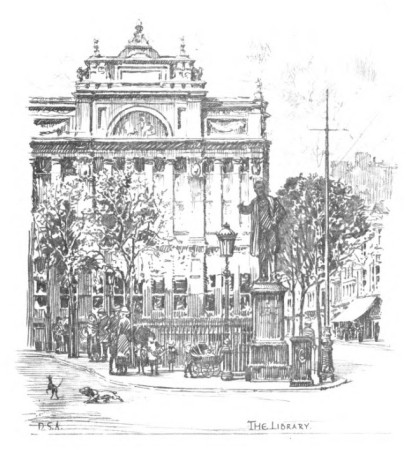
The Library, and Batchelor Statue.

Custom House, from Pier Head.

Coal-loading Crane.
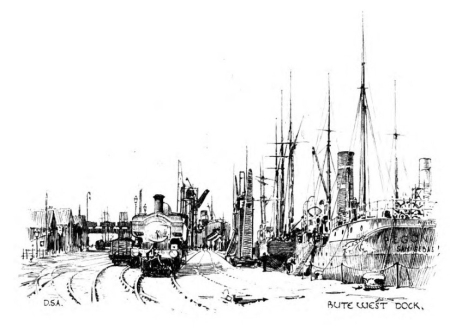
Bute West Dock.
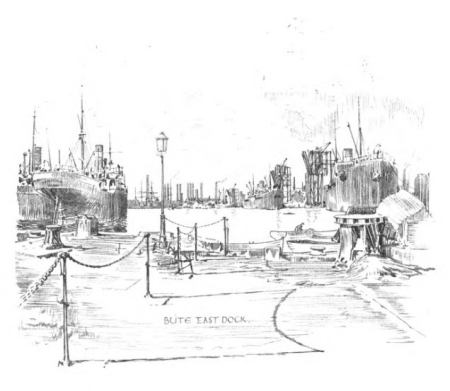
Bute East Dock.
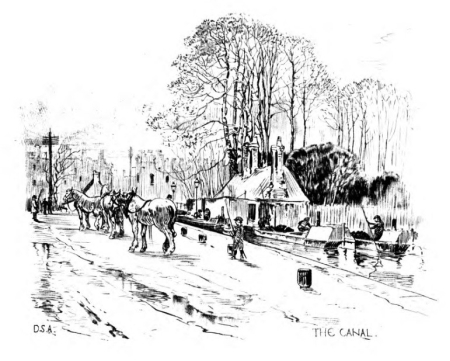
The Canal.

The Law Courts, Tredegar Statue & City Hall.
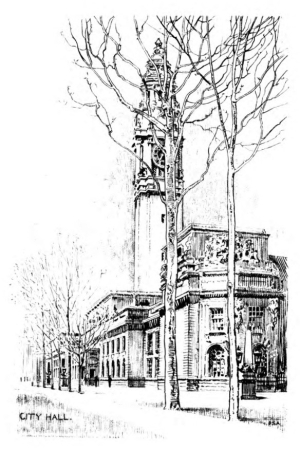
The City Hall.

Statue and City Hall.
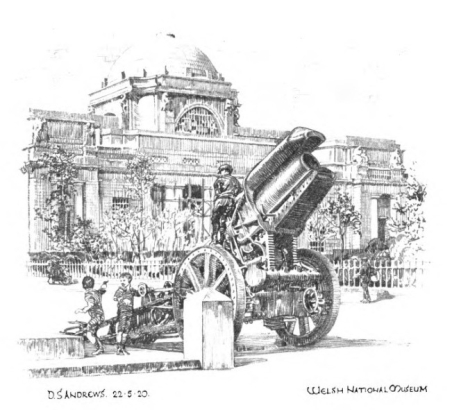
Welch National Museum.
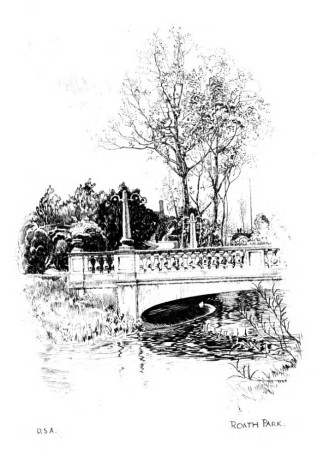
Roath Park.
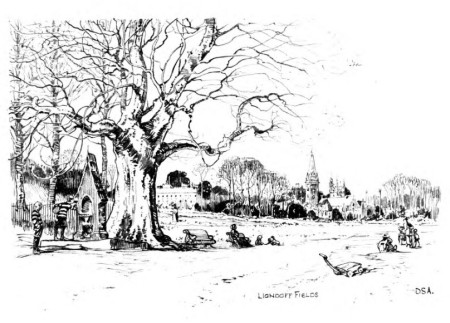
Llandaff Fields.
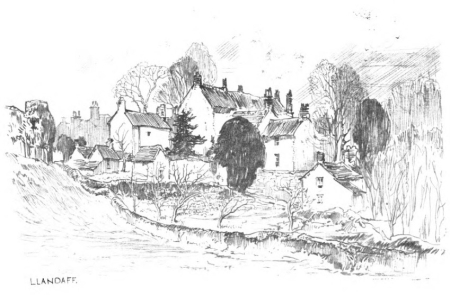
Llandaff.
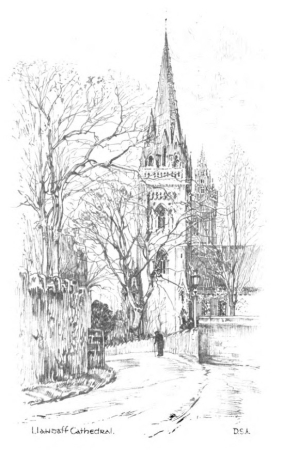
Llandaff Cathedral.
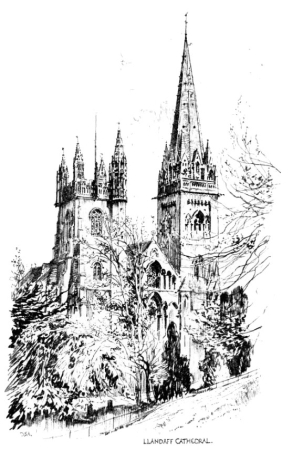
Llandaff Cathedral, West End.
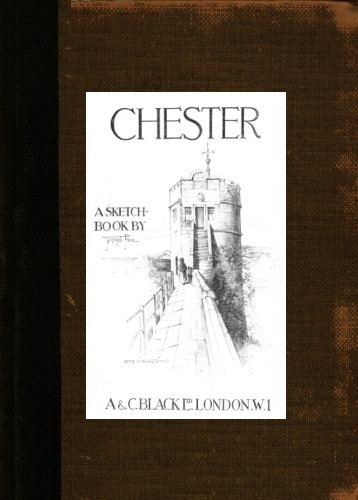
A SKETCH-
BOOK BY
Joseph Pike
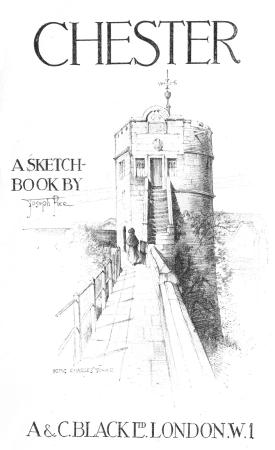
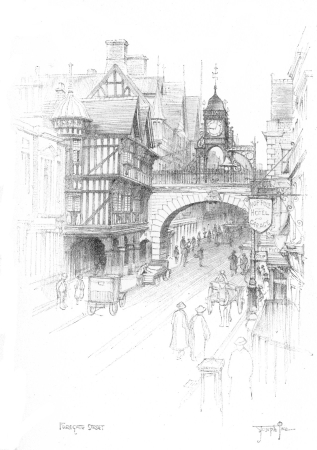
FOREGATE STREET.
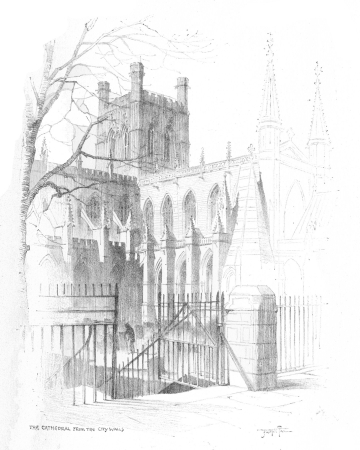
THE CATHEDRAL FROM THE CITY WALLS.

THE CATHEDRAL CLOISTERS.
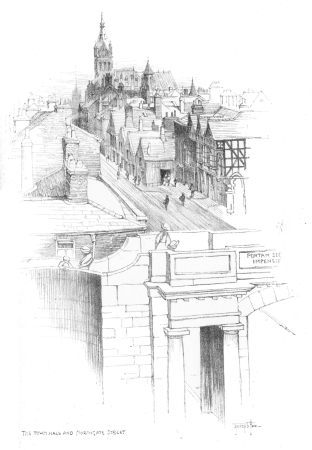
THE TOWN HALL AND NORTHGATE STREET.
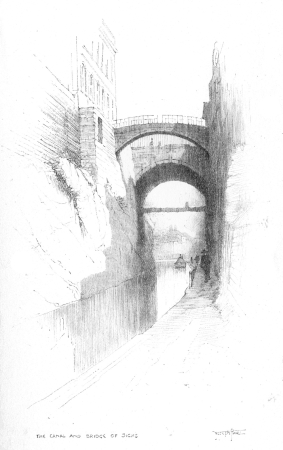
THE CANAL AND BRIDGE OF SIGHS.
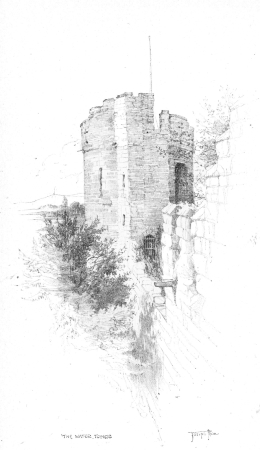
THE WATER TOWER.
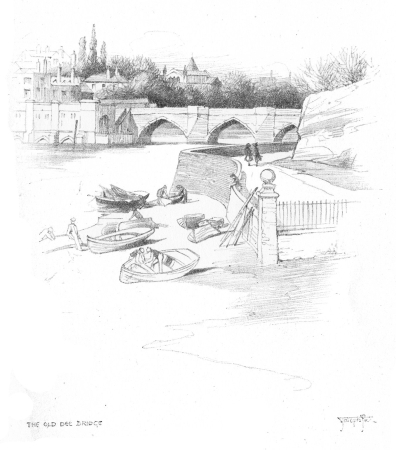
THE OLD DEE BRIDGE.
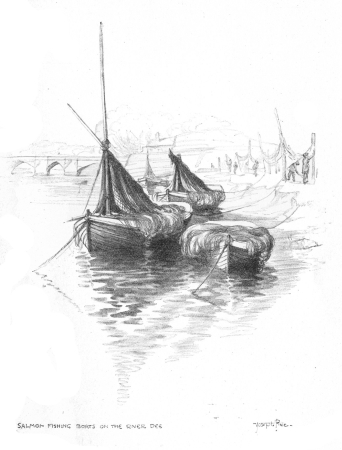
SALMON FISHING BOATS ON THE RIVER DEE.
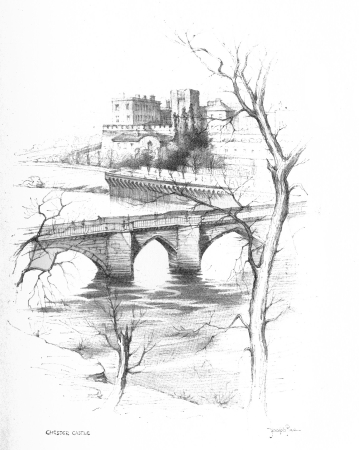
CHESTER CASTLE.
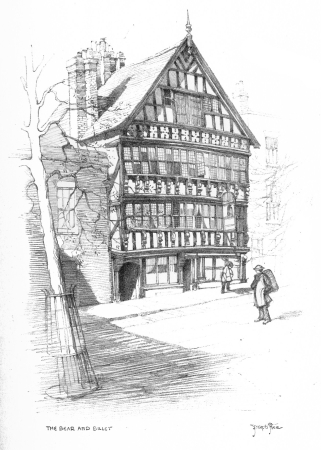
THE BEAR AND BILLET.
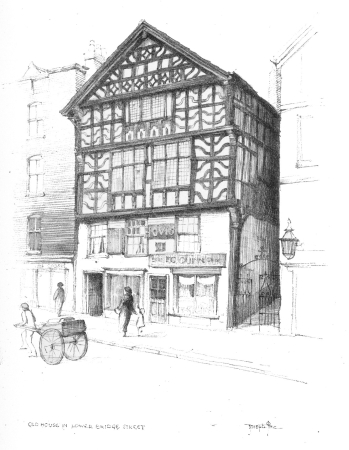
OLD HOUSE IN LOWER BRIDGE STREET.
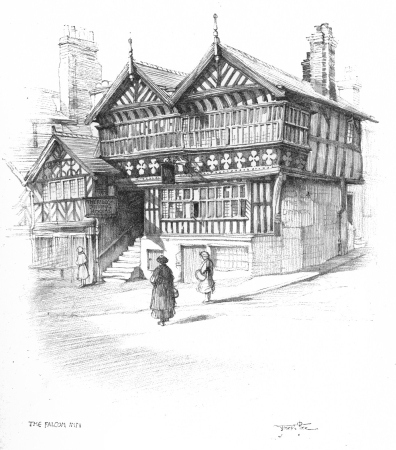
THE FALCON INN.
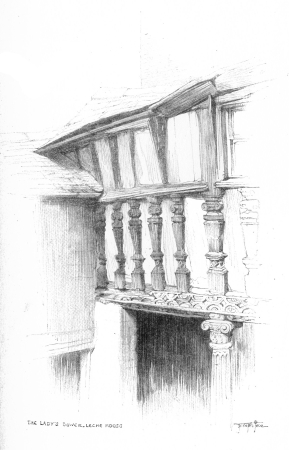
THE LADY’S BOWER, LECHE HOUSE.
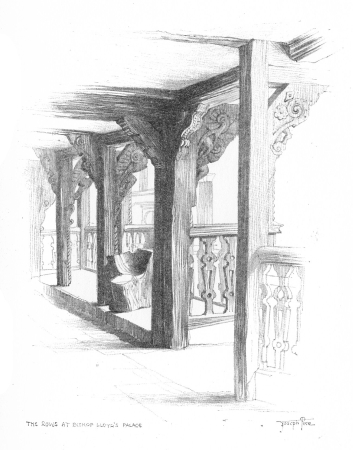
THE ROWS AT BISHOP LLOYD’S PALACE.
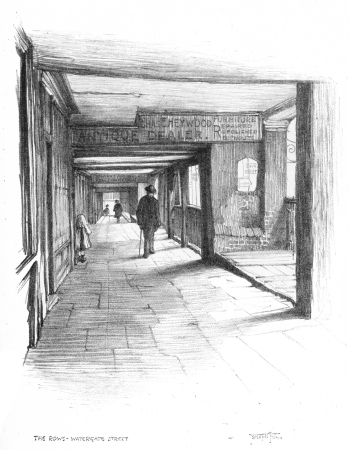
THE ROWS, WATERGATE STREET.
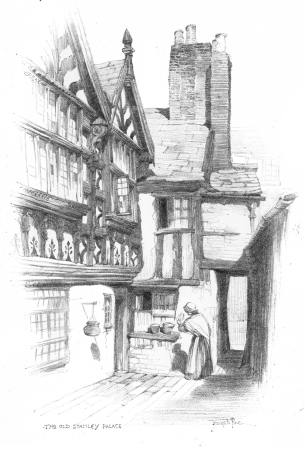
THE OLD STANLEY PALACE.
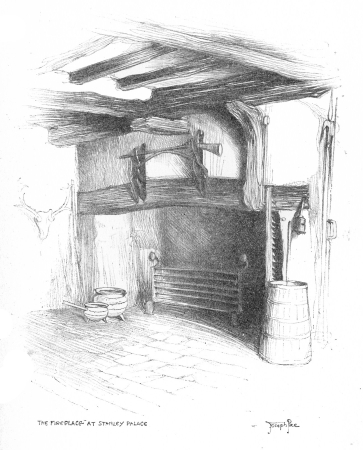
THE FIREPLACE AT STANLEY PALACE.
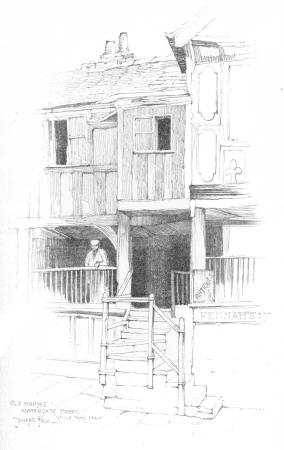
OLD HOUSES WATERGATE St "UNCLE TOM’S CABIN."
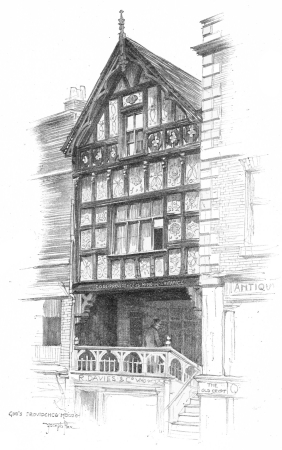
GOLD’S PROVIDENCE HOUSE.
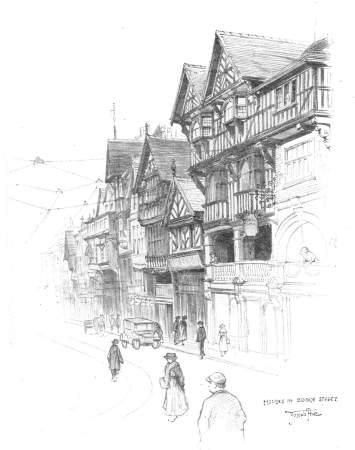
HOUSES IN BRIDGE STREET.
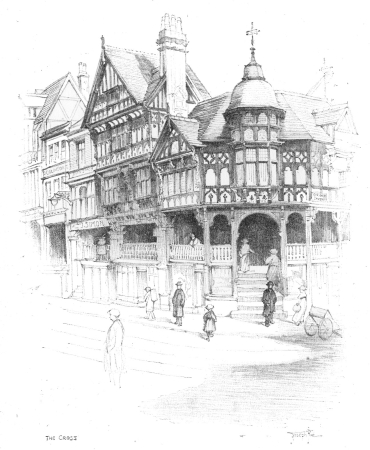
THE CROSS.
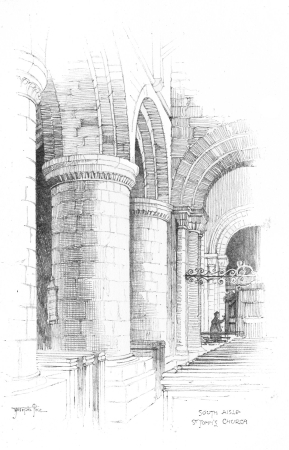
SOUTH AISLE St JOHN’S CHURCH.
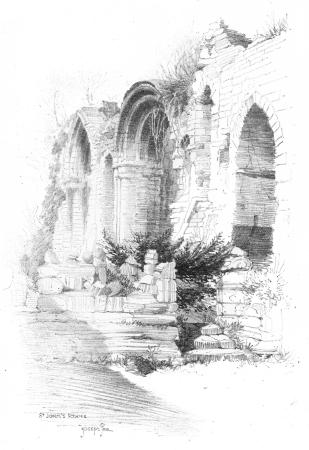
St JOHN’S RUINS.
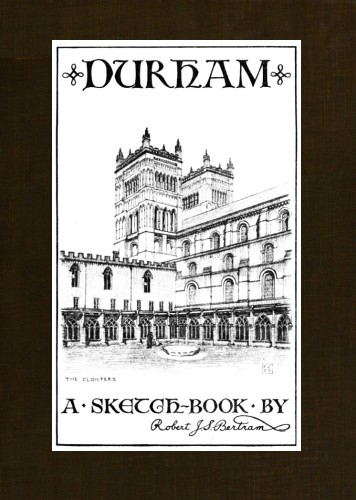
A·SKETCH-BOOK·BY
Robert J.S. Bertram
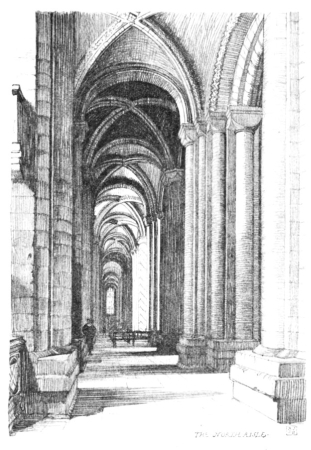
The North Aide.

The Galilee.
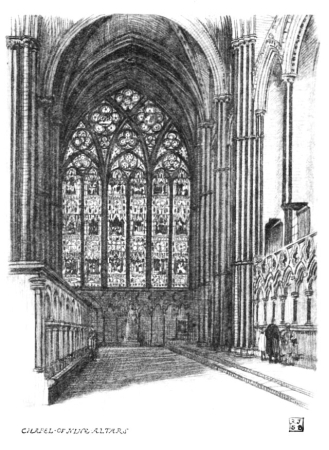
Chapel of Nine Altars.
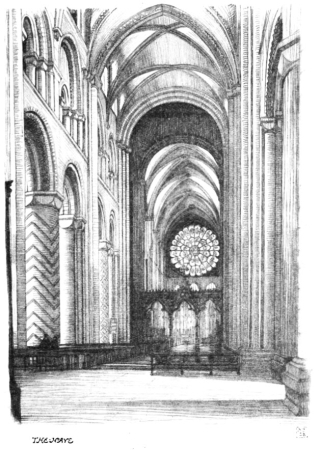
The Nave.
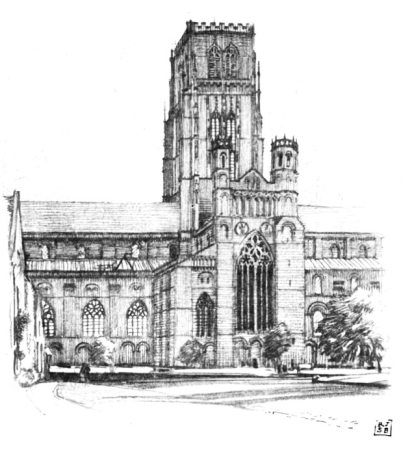
Central Tower from Palace Green.
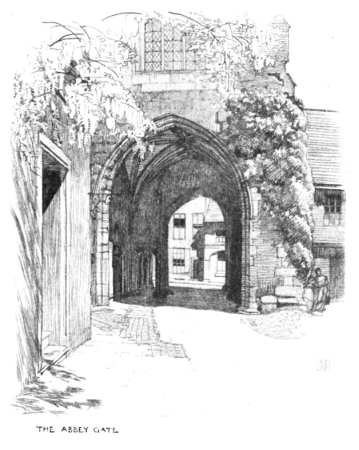
The Abbey Gate.
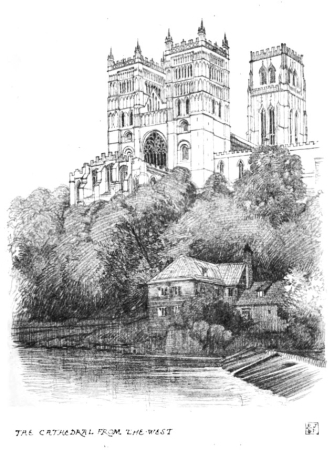
West End: from the River.
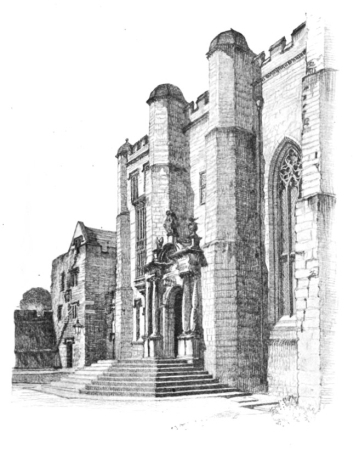
Bishop Cosin's Doorway.
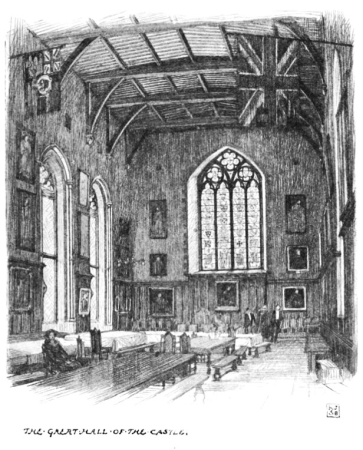
The Great Hall.
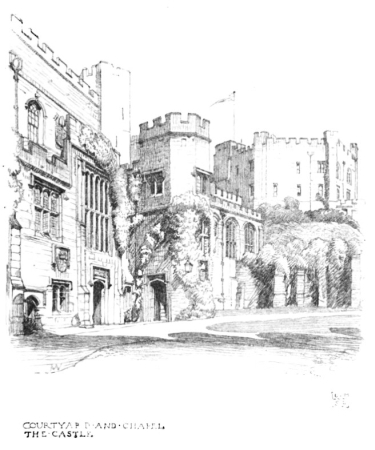
The Courtyard and Chapel.
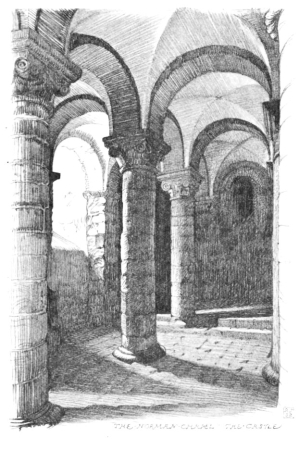
The Norman Chapel.
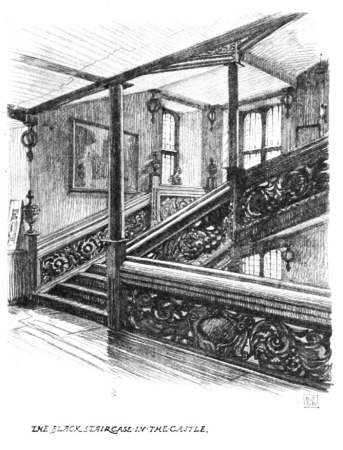
The Black Staircase.

View from the Battery.
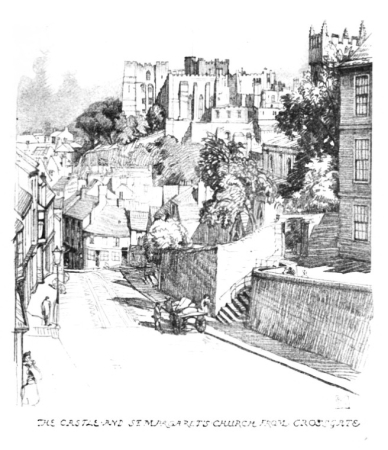
Crossgate and St. Margaret's Church.
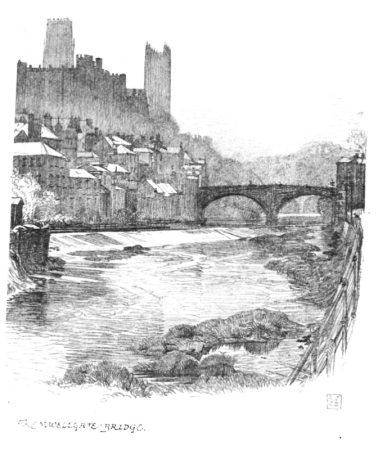
Framwellgate Bridge.
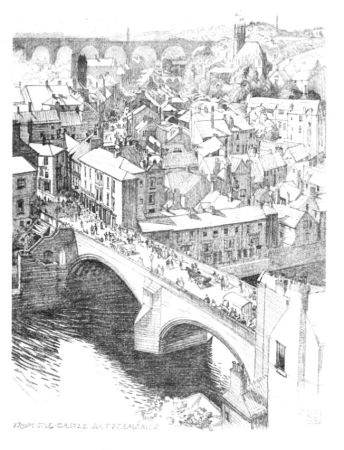
From the Castle battlements.
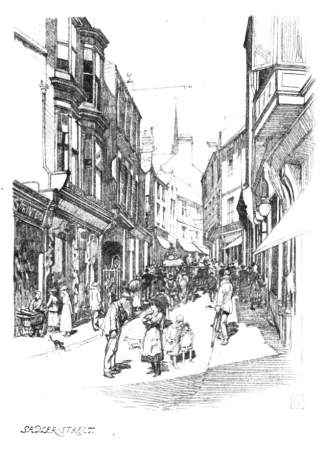
Sadler Street.
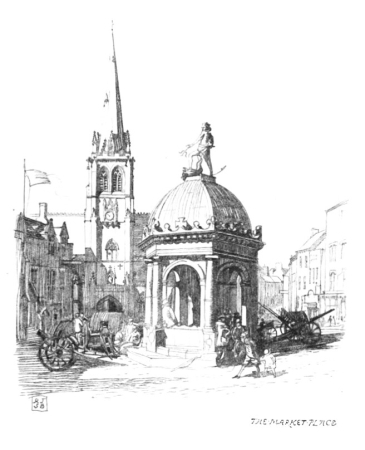
The Market Place.
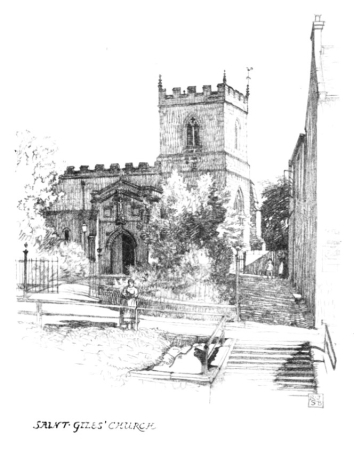
St. Giles' Church.
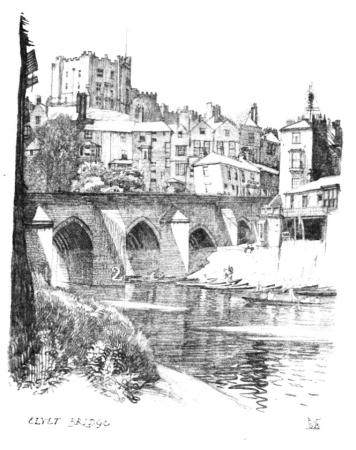
Elvet Bridge.
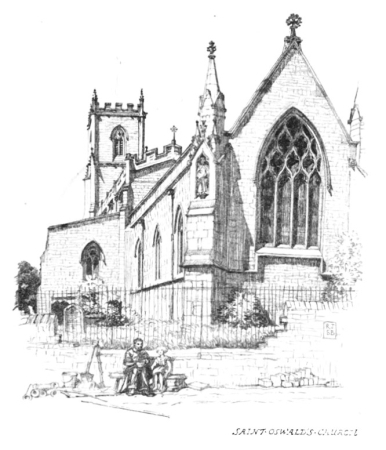
St. Oswald's Church.
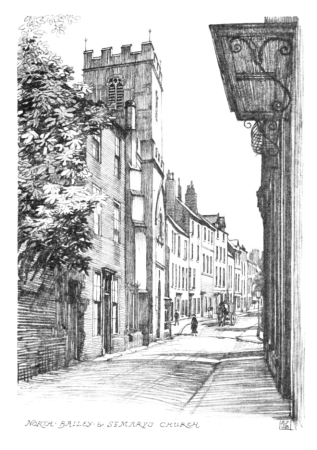
North Bailey & St. Mary's Church.
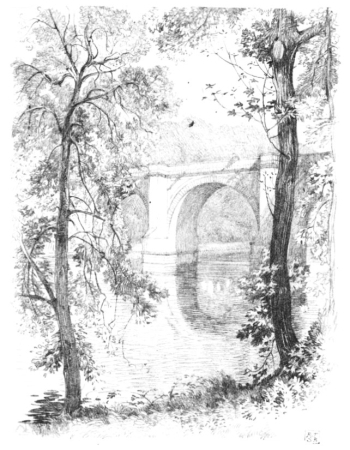
Prebends Bridge.
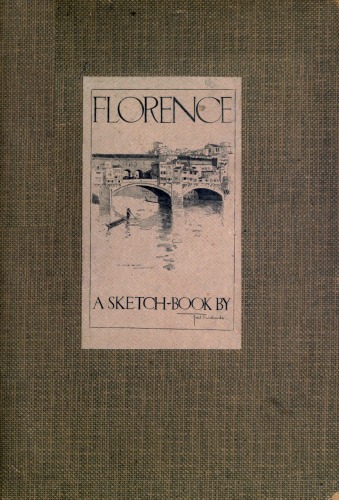

![[Image of the Ponte Vecchio unavailable.]](images/flo_anho_0004.jpeg)


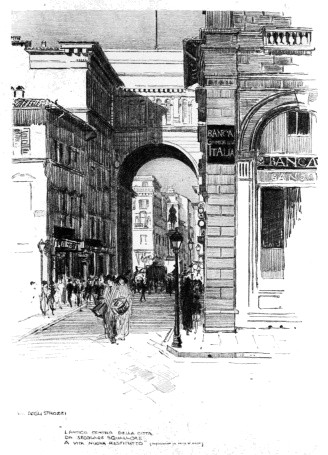
VIA STROZZI
"L'ANTICO CENTRO DELLA CITA
DA SECOLARE SQUALLORE
A VITA NUOVA RESTITUTTO"
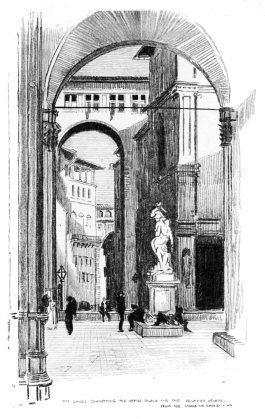
THE BRIDGE CONNECTING THE UFFIZI and PALAZZO VECCHIO
FROM THE LOGGIA DEI LANZI.
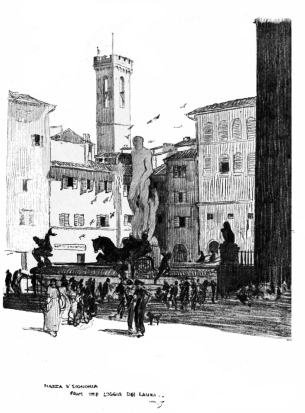
PIAZZA d'SIGNORIA
FROM THE LOGGIA DEI LANZI.
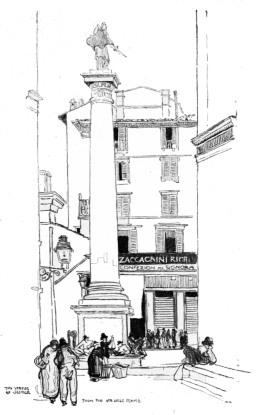
STATUE OF JUSTICE FROM THE VIA DELLE TERME
FROM THE VIA DELLE TERME
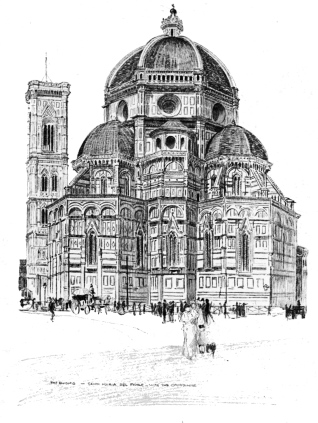
THE DUOMO santa maria del fiore AND THE CAMPANILE
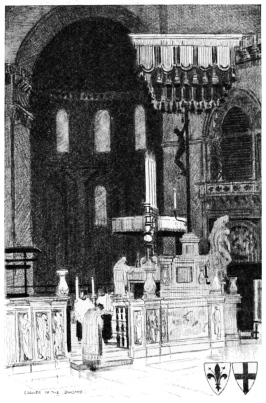
A CORNER OF THE DUOMO.
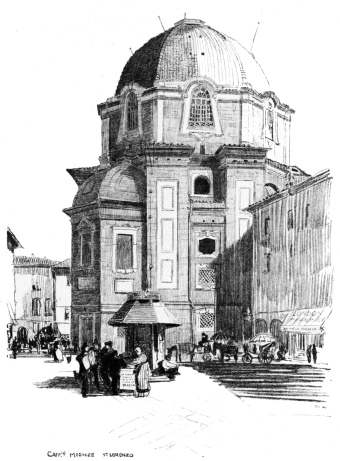
CAPPle MEDICEE. S. LORENZO.
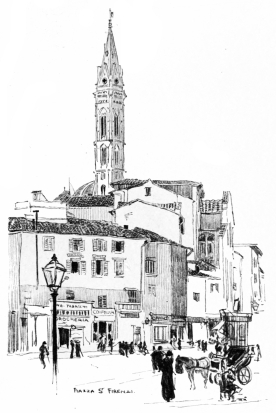
PIAZZA S. FIRENZE.
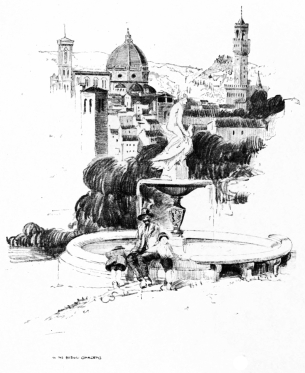
IN THE BOBOLI GARDEN.
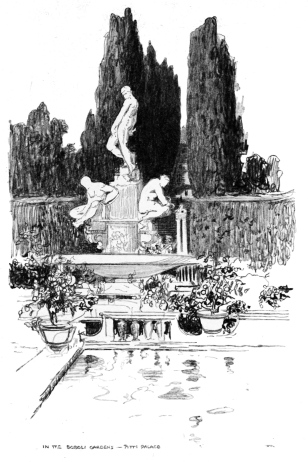
STEPS LEADING TO THE PITTI PALACE—BOBOLI GARDENS.
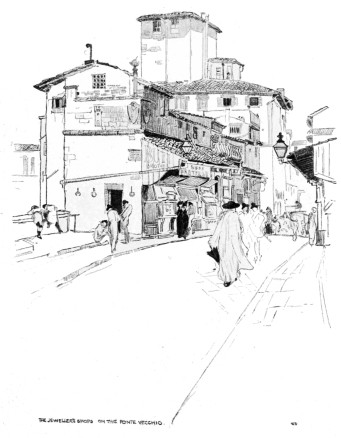
THE JEWELLERS' SHOPS ON THE PONTE VECCHIO.
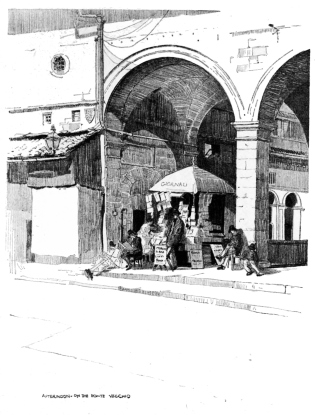
AFTERNOON ON THE PONTE VECCHIO.
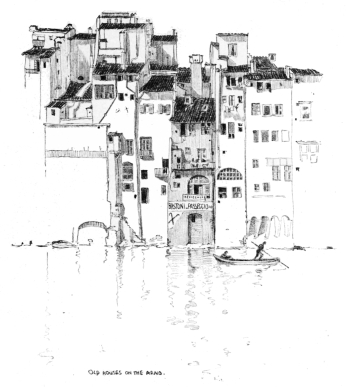
OLD HOUSES ON THE ARNO
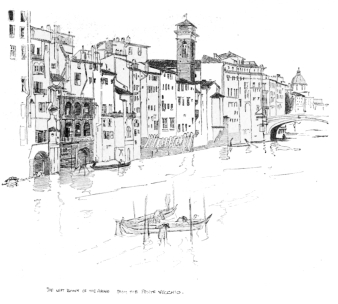
THE LEFT BANK OF THE ARNO—from the PONTE VECCHIO.
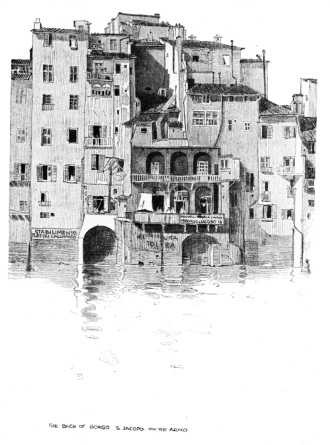
THE BACK OF BORGO S. JACOPO—ON THE ARNO.
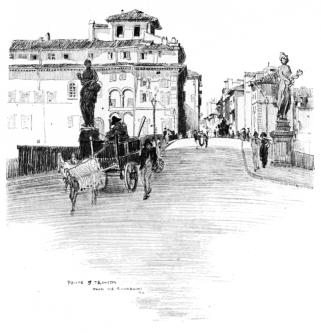
PONTE S. TRINITA from VIA TORNABUONI.
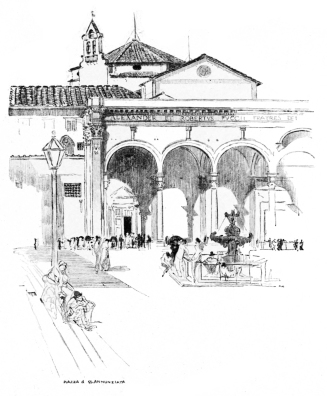
PIAZZA d S.S. ANNUNZIATA.

CAPPELLA DEI PAZZI (santa croce)
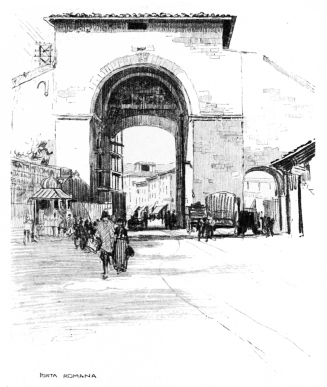
PORTA ROMANA.
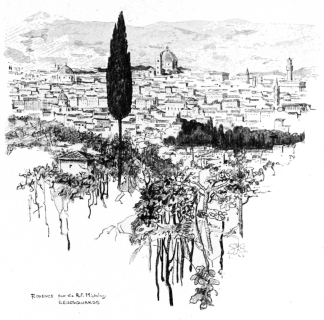
FLORENCE FROM BELLOSQUARDA.

CERTOSA DI VAL D'EMA.
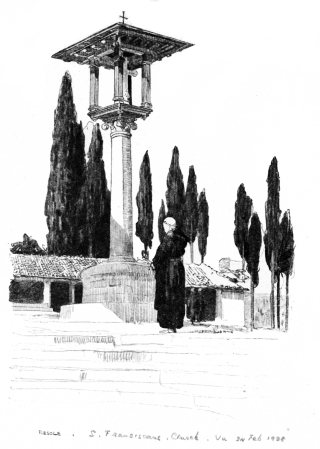
AT FIESOLE.
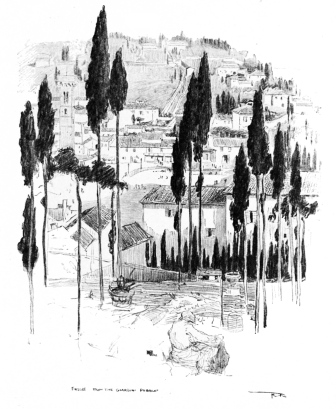
FIESOLE FROM THE GARDINI PUBBLICI

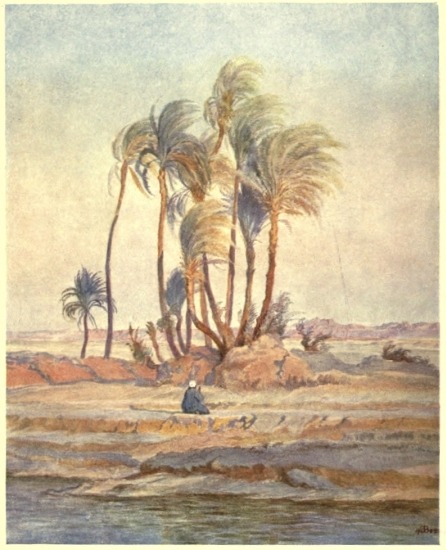
THE HOUR OF PRAYER, A SOUVENIR OF WADY HALFA
BY
ELIZABETH BUTLER
WITH TWENTY-EIGHT ILLUSTRATIONS IN COLOUR
AND TWENTY-ONE SMALL SKETCHES IN THE TEXT
BY THE AUTHOR
1909
Dedication
TO MY SISTER, ALICE MEYNELL
I HAVE an idea of writing to you, most sympathetic Reader, of certain days and nights of my travels that have impressed themselves with peculiar force upon my memory, and that have mostly rolled by since you and I set out, at the Parting of the Ways, from the paternal roof-tree, within three months of each other.
First, I want to take you to the Wild West Land of Ireland, to a glen in Kerry, where, so far, the tourist does not come, and then on to remote Clew Bay, in the County Mayo.
After that, come with me up the Nile in the time that saw the close of the Gordon Relief Expedition, when the sailing “Dahabieh,” most fascinating of house-boats, was still the vogue for those who were not in a hurry, and when again the tourist (of that particular year) was away seeking safer picnic grounds elsewhere.
Then to the Cape and the voyage thither, which may not sound alluring, but where you may find something to smile at.
I claim your indulgence, wherever I ask you to accompany me, for my painter’s literary crudities; but nowhere do I need it more than in Italy, for you have trodden that field with me almost foot by foot. The veil to which I trust for softening those asperities elsewhere must fall asunder there.
I have made my Diary, and in the case of the Egyptian chapters, my letters to our mother, the mainsprings from which to draw these reminiscences.
BANSHA CASTLE, July 1909.
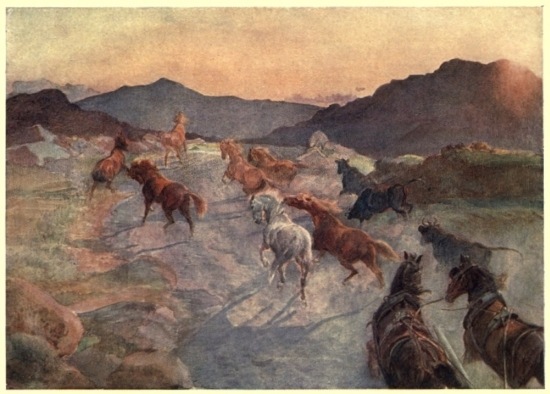
OUR ESCORT INTO GLENARAGH
I
IN THE WEST OF IRELAND


MY diary must introduce you to Glenaragh, where I saw a land whose beauty was a revelation to me; a new delight unlike anything I had seen in my experiences of the world’s loveliness. To one familiarized from childhood with Italy’s peculiar charm, a sudden vision of the Wild West of Ireland produces a sensation of freshness and surprise difficult adequately to describe.
“—June ‘77.—At Killarney we left the train and set off on one of the most enchanting carriage journeys I have ever made, passing by the lovely Lough Leane by a road hedged in on both sides with masses of the richest May blossom. For some distance the scenery was wooded and soft, almost too perfect in composition of wood, lake, river, and mountain; but by degrees we left behind us those scenes of finished beauty, and entered upon tracts of glorious bog-land which, in the advancing evening, impressed me beyond even my heart’s desire by their breadth of colour and solemn tones. I was beginning to taste the salt of the Wilds.
“The scenery grew more rugged still, and against ranges of distant mountains jutted out the strong grey and brown rocks, the stone cairns and cabins of the Wild West land.
“To be a figure-painter and full of interest in mankind does not mean that one cannot enjoy, from the depths of one’s heart, such scenes as these, where what human habitations there are, are so like the stone heaps that lie over the face of the land that they are scarcely distinguishable from them. When observed they only convey to the mind the sense of the feebleness of man, overpowered as he is here by the might of the primeval landscape. This human atom stands timidly at his black cabin door to see the stranger pass, often half-witted through privation; or he silently tills the little patch of land he has borrowed from the strong and barbarous earth that yields him so little.
“The mighty ‘Carran Thual,’ one of the mountain group which rises out of Glenaragh and dominates the whole land of Kerry, was ablaze with burning heather, its peak sending up a glorious column of smoke which spread out at the top for miles and miles and changed its exquisite smoke tints every minute as the sun sank lower. As we reached the rocky pass that took us by the wild and remote Lough Acoose that sun had gone down behind an opposite mountain, and the blazing heather glowed brighter as the twilight deepened, and circles of fire played fiercely and weirdly on the mountain-side. Our Glen gave the ‘Saxon lady’ its grandest illumination on her arrival.
“Wild strange birds rose from the bracken as we passed, and flew strongly away over lake and mountain torrent, and the little black Kerry cows all watched us go by with ears pricked and heads inquiringly raised. The last stage of the journey had a brilliant finale. A herd of young horses was in our way in the narrow road, and the creatures careered before us, unable or too stupid to turn aside into the ditches by the roadside to let us through. We could not head them, and for fully a mile did those shaggy wild things caper and jump ahead, their manes flying out wildly with the glow from the west shining through them. Some imbecile cows soon joined them in the stampede, for no imaginable reason, unless they enjoyed the fright of being pursued, and the ungainly progress of those recruits was a sight to behold,—tails in the air and horns in the dust. The troop led the way right into the eye of the sunset. With this escort we entered Glenaragh.
. . . . . . . . . . . . . . . . . . . . . . . . . . . . . . . . . . .
“—June 1877.—We rode in to-night after a long excursion amidst the mountains of this wild land of Kerry, rode down into the glen where our little inn stands in a clump of birch and arbutus trees. That northern light which in these high latitudes and at this season carries the after-light of the sunset on into the dawn, lighted our path for the last hour with surprising power. Were we sufficiently far north, of course, the sun itself would not dip below the horizon at all, but here we have only the upper portion of his aureole from his setting to his rising. Oh! the wild freedom of these mountain paths, the scent of the cabin turf fires, the round west wind rolling through the heather; what cool wells of memories they fill up for the thirsty traveller in desert places far away. That west wind! This is the first land it has swept with its wings since it left the coasts of Labrador. For purity, for freshness, for generosity, give me the Wild West wind of Ireland.
“‘Carran Thual’ is still on fire; it signals each night back to the northern light across the glen in a red glare of burning heather. The moon, now in her first quarter, looks green-gold by contrast with all this red of sky and flame, and altogether our glen gives us, these nights, such a display of earthly and heavenly splendour that it seems one should be a spectator all night of so much beauty. And to this concert of colour runs the subtle accompaniment of rushing water, for all these mountains are laced with silvery torrents leaping down to the lakes and rivers that reflect the glory of the sky. Glenaragh! loveliest of wild valleys, where is the poet that should make thee the theme of his songs?
“Coming through ‘Windy Gap’ in this illuminated gloaming we met a lonely horseman riding fast, a rope for his bridle, his pony very shaggy. He passed us over the rocks and rolling stones, and, looking back, we saw his bent figure jet black against the west for a moment, ere he dipped down through the ‘Gap’ out of sight. We knew who he was. Some peasant was dying on the mountain-side beyond, and the priest was anxious to be in time with the Viaticum.
“A strange little creature came out of the kitchen of the inn to see us after supper, and I made the acquaintance of a Leprechaun. Tiny, grey, bald little manikin; a ‘fairy,’ the people call him. I do not want to know why they are like that. I would rather leave them mysterious and unexplained.
. . . . . . . . . . . . . . . . . . . . . . . . . . . . . . . . . . .
“The people speak Gaelic here, amongst themselves, and the priest preaches in it in the little chapel with the mud floor up on the hill over the torrent. The language and the torrent seem to speak alike, hurrying headlong.
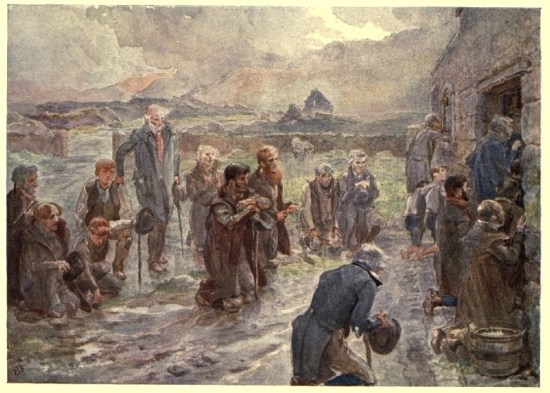
“A CHAPEL-OF-EASE,” CO. KERRY
“But the chapel! Shall I ever forget the tub of holy water, on my first Sunday, placed before the rickety little altar on the mud floor, where the people, on coming in, splashed the water up into their faces? The old women had all brought big bottles from their homes in far-away glens to fill at the tub, and nothing could surpass the comicality of their attitudes as they stooped over their pious business, all wearing the hooded cloak that made them look as broad as they were long. One old lady, in her nice white cap, monopolized the tub an unconscionably long time, for, catching sight of her wind-tossed tresses in that looking-glass, she finished her devout ablutions by smoothing her few grey hairs with her moistened fingers into tidy bands, with alternate signs of the cross. The windows were all broken, and the men and boys stuffed the holes with their hats and caps to keep out the mountain blast.
“Last Sunday, a very hot day, the tub happened to be placed outside the door, and it was well my horse was not tied up within reach, or a former catastrophe might have been repeated, and a ‘blessed baist’ have carried me home. The heat in the rickety little gallery, where the ‘quality’ have their seats, was such that I went out into the open air and followed the rest of the service with a rock for my hassock, and two rosy pigs toddling about me in that friendly way I notice as characteristic of all the animals in these parts. They seem to feel they are members of the family, and you see calves, goats, pigs, and donkeys sauntering in and out of the cabin doors in a free-and-easy harmony with the human beings which takes my fancy greatly. But the beasts are by far the happiest; their lives seem passed in perfect contentment and satisfaction, whereas the poor human animals have a hard struggle for existence in this stony and difficult land of Kerry.
“The other day when W. and I dismounted at a cabin door on a wild mountain that holds, still higher up, a little dark lake which the people declare has no bottom to it, and on the shores of which ‘worms as big as a horse’ come out and bellow in the evenings, the gaunt pig that seemed to act watch-dog charged at me like a wild boar and sent me home in ‘looped and windowed raggedness.’ I never thought to find excess of zeal in a pig! The inmates of the cabin could not do enough for us to make up for such want of reticence.
“On one occasion at church in Tipperary, I noticed a rather satanic goat come pattering up the church and occupy an empty pew, where he lay down with perfect self-complacency and remained quiescent, chewing the cud, while we knelt; but each time the congregation stood up, up jumped the goat, his pale eyes and enormous horns just appearing over the high front of the pew. Then as we knelt again he would subside also, till he was startled to his feet once more by the rustle of the people rising, and then his wild head was again visible over the top of the pew, staring about him. Not a single person took any notice of the weird creature or seemed to think him out of place or at all funny. And so he continued to rise and fall with the rest to the end.
“Our chapel here is too small for the congregation that streams in from places as far as fifteen miles away among the mountains, and on one pouring wet Sunday I saw the strangest rendering of what is called ‘a chapel-of-ease.’ Not much ‘ease’ there, for some dozen men and youths who could find no place inside were kneeling about the door in running water, with a stone placed under each knee. Every day I see some incident or episode which has for me a surprise and all the charm of a new and striking experience. I feel more ‘abroad’ in this country than I do on the Continent.
“See, again, this little scene. A friend journeying to our inn and missing the road got belated in the defiles of the ‘Reeks.’ Dismounting at one of those mud cabins, which, at a little distance, are indistinguishable from their rocky surroundings, to ask the way, he was invited inside and offered a meal. The light was waning, so two little girls stood on either side of the stranger, each holding a bit of lighted candle as he sat at table. These wild-eyed and ragged little creatures made a pretty pair of dining-table candlesticks! I wish I could have seen them in the dim twilight of the black, smoke-dimmed cabin interior, their faces lighted by the candle flame.
“The beauty of the children here is a constant pleasure to me. We are here in the land of blue eyes and black lashes, or golden ones, when the hair, as it so frequently is, is ruddy. The young women are quite beautiful. I wish a painter of female beauty could have seen the girl we passed to-day who was minding some calves in a bit of bog-land bordered with birch-trees. It was a symphony of green; her head shawl was green plaid, her petticoat another tone of green, the background and all her surroundings gave every cool and delicious variation of green, and her ruddy limbs and red-gold hair, tossed by the breeze and shone through by the sun, looked richer in colour by the contrast. Her great blue eyes looked shyly at us and the shawl soon covered her laughing face. What a sweet picture, ‘In the Green Isle’!
“Every day I am more and more struck with the light-heartedness and gaiety of the animals. Whether it is emphasized by the poverty-stricken and quiet, saddened, demeanour of the human beings in these parts I cannot tell, but certainly the beasts seem to have the best of it. As to the dogs that belong to the mud cabins, never have I seen such jolly dogs, full of comic ways, especially when in puppy-hood, and all so valiant in confronting us as we near their strongholds. But on our near approach that puppy who looks mighty fierce afar off usually bolts under some door and sticks there. Then the pigs, who generally are less valiant than our wild boar of Lough Cluen, seized with apparent panic, rush round and round in the yard, and the flurried ducks that scuttle from under our horses’ hoofs end by falling on their sides in the ditches—surely all in fun? And invariably the cows and calves by the way-side prefer to be pursued along the roads, and keep up a splendid burst of galloping with tails in the air for miles before a tumble happening to one of them suggests a movement to the rear. All the lower creatures are ‘jolly dogs’ here, and only man is care-worn.”
In the autumn we came back to our well-loved glen, and I gathered materials there for my first married Academy picture—the ‘Recruits for the Connaught Rangers.’ W. found me two splendid ‘bog-trotters’ for models. The elder of the two had the finer physique, and it was explained to me that this was owing to his having been reared on herrings as well as potatoes, whereas the other, who lived up in the mountains, away from the sea, had not known the luxury of the herring. I wish we could get more of these men into our army. W. at that time was developing suggestions for forming a Regiment of Irish Guards, and I was enthusiastic in my adhesion to such a project and filling the imaginary ranks with big men like my two models. However, he was some twenty-three years too soon, and the honour had to be won for Ireland through yet another big war.
CHAPTER II
COUNTY MAYO IN 1905

I WISH you would make a summer tour to Mayo. It is simple; yet what a change of scene, of sensations, of thoughts one secures by this simple and direct journey—Euston, Holyhead, Dublin, Mulranny. You travel right across Ireland, getting a very informing vista of the poverty and stagnation of those Midland counties till your eyes greet the glorious development of natural beauty on the confines of the sea-girt Western land. I went there tired from London and came on a scene of the most perfect repose imaginable, with the sound of the motor buses still buzzing in my ears.
Mulranny is supremely healthy—a place of rosy cheeks and sunburn, bracing yet genial, clear-aired, majestic in its scenery, unspoilt. As you near your journey’s end and enter Mayo the change in the scenery from the emptiness of Roscommon develops rapidly. Magnificent mountains rise on the horizon, and the grandeur of the landscape grows into extraordinary beauty as the train rounds into Clew Bay. The great cone of Croagh Patrick rises in striking isolation at first, and then the surrounding mountains, one by one, join it in lovely outlines against the fresh clean sky. It was a beautiful afternoon when I was introduced to this memorable landscape, and the waters of the Bay were quite calm. After sunset the crescent moon gave the culminating charm to the lovely scene in the west, while to the south the red planet Mars flamed above Croagh Patrick, and all this beauty was mirrored in the Bay. What an emancipation from the fret and fuss of little Piccadilly in a hot July to find oneself before these mountain forms and colours that have not changed since the cooling of the earth. You might travel farther a great way and not find such a virgin land.
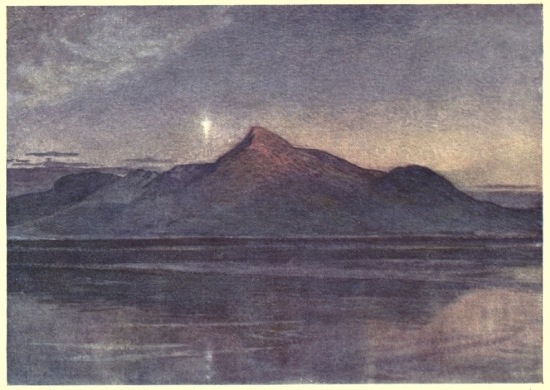
CROAGH PATRICK
And there is Achill Island, a one-day’s excursion from Mulranny, poignantly melancholy in its beauty and remoteness beyond anything I have seen in the west. Achill has often been described; it holds the traveller’s attention with a wild appeal to his heart; but I don’t know that one little detail of that land “beyond the beyond” has ever been described. It is Achill’s mournful little Pompeii, a village of the dead, on a bare hillside, which we passed one day on our way to an unfrequented part of the island. This village was deserted in the awful famine year of ‘47, some of the inhabitants creeping away in fruitless search of work and food to die farther afield, others simply sinking down on the home sod that could give them nothing but the grave. In the bright sunshine its roofless cabins and grass-grown streets looked more heart-breaking than they might have done in dismal rain. I wish I could have made a sketch of it as I saw it that day—a subject strongly attracting the attention of the mind rather than the eye. Pictorial beauty there was none.
Everywhere in this country there is that heart-piercing contrast between natural beauty and human adversity—that companionship of sun and sorrow. But the light and the darkness seem blended by the unquestioning faith of these rugged Christians into a solemn unity and harmony before which any words of mine sound only like so much dilettantism.
See here another bit of chapel interior. A rough, plain little building, too formless to be picturesque, packed with peasant men, women, and children. Where but in Ireland could such a scene take place as I witnessed there? The priest, before the beginning of the service, gave a tremendous swish of holy water to the congregation with a mop out of a zinc pail, from the altar. He had previously heard nearly half the congregation’s confessions, men, women, boys, and girls kneeling in turn beside his chair at one side of the altar, without any sort of screen. I wondered, as they pressed round him, that they did not overhear each other, but indeed I reflected that would be “no matther whativer,” as these people must have but little to tell!
The server ran a match along the earthen floor to light the two guttering, unequal candles on the altar, and at the end of Mass he produced the mop and zinc pail again. Swish went the holy water once more from the mop, wielded by the athletic sword-arm of the gigantic young priest. For fear the nearer people should have been but poorly sprinkled under that far-reaching arc of water, which went to the very end wall of the chapel, he soused the mop again with a good twist and gave everybody in the front benches a sharp whack full in their faces, tactfully leaving us out. They received it with beaming and grateful smiles.
There are wonderful studies of old men’s and women’s heads here full of that character which in the more “educated” parts of Ireland the School Board seems to be rubbing out, and I was delighted to see the women and girls wearing the head-shawls and white caps and the red petticoats that charmed me in Kerry in ‘77. The railway is sure to bring the dreadful “Frenchy” hat here in time, and then good-bye to the comely appearance of these women. Their wild beauty undergoes an extraordinary change under the absurd hat and feathers—these winsome colleens then lose all their charm.
Yet I must thank this same railway for having brought us to this haven of rest, right up to the doors of a charming, very modern hotel, on quite different lines from the dear little inn that fascinated me in the old Glenaragh days. In its way it is fascinating too, for here you have all the up-to-date amenities in the very heart of the wildest country you could wish for. The electric light is generated by the mountain streams and the baths filled from the glorious bay that lies below the hotel terraces, a never-failing delight in all its moods of sun and shadow, wind and calm.
Sad it is to see so many cabins deserted. The strength of the country is ebbing away. The few people that are left are nice and wholesome in mind and manner; they have the quiet urbanity of the true peasant all the world over. They remind me of the Tuscan in this particular, but, of course, they have not his light-heartedness. More seriousness, I should think, these Irish have. I was sketching sheep, for a contemplated picture, in the evenings on the lovely marshes by the sea, and one evening a widow, left completely lonely in her little cabin on the heights above by the departure for America of her last child, came down to fetch home her solitary sheep from amongst the others, and I told her I thought these creatures were leading a very happy life. “Yes,” she answered, pausing for a moment and looking down on the flock, “and they are without sin.”
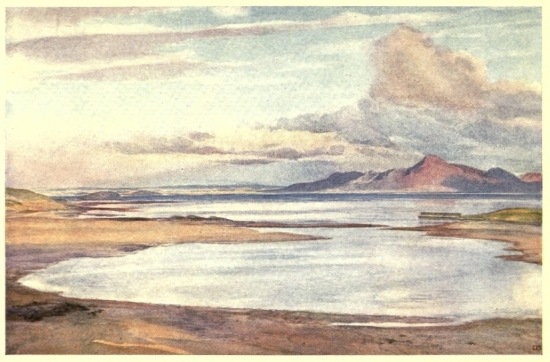
CLEW BAY, CO. MAYO
At the ringing of the Angelus the work in the fields, the bogs, the potato patches stops till the words of St. Luke’s Gospel have been repeated, just as we remember them said in Italy. It was a surprise—and one of great interest to me—when I first saw peasants saying the Angelus under a northern sky.
My studies of the wild mountain sheep on the marshes came to an abrupt close. I was reposing under a rock (it was well on in July) with palette and panels ready, waiting for the sunset and its after-glow, to get final precious notes of colour upon the fleeces. One particular sheep had been a very useful model. It ambled in a graceful way on three legs and we called it “Pacer.” I became aware of an opaque body rising between my closed eyes and the sun, and looking up I beheld the head of “Pacer” peering at me over the edge of the rock over my head. But what had happened to “Pacer’s” neck? Good gracious! I jumped up and beheld a shorn “Pacer” and all the flock in the same lamentable condition. It had all happened in twenty-four hours.
I want to bring before your mind two little rocky islands with green summits off the coast of Clare, not far from here. Of all the wind-swept little islands none could be more wind-swept. On one, the smallest, I heard that a ferocious and unmanageable billy-goat was deposited as a useless member of the community, and one night he was blown out to sea—a good riddance. On the other you perceive, through the spray, little nodules on the turf—the graves of unbaptized infants. And the sea-gulls along the cliffs are for ever crying like legions of children.
. . . . . . . . . . . . . . . . . . . . . . . . . . . . . . . . . . .
By returning from Mulranny by way of Tipperary and the Rosslare route to England you can voyage down the Shannon and have an experience not lightly to be foregone. This is the “lordly Shannon,” a great wide, slowly-flowing and majestic river of dark, clear, bluish water—blue shot with slate. You sit at the bows of the little steamboat which takes you from Athlone to Killaloe, so that neither smoke nor screw interferes with your enjoyment of the lovely scenes you are to pass through. If the time is July (the time to choose) you are at once greeted on clearing the little grey town of Athlone with the most exquisite scent from the level banks which form two wide belts of creamy meadow-sweet all the way to the end, at Lough Derg. These belts are interrupted, once only, by the lock at Shannon Bridge, that little gathering of houses and gaunt dismantled barracks and breastworks built in the days of the threatened French invasion. Near here lived Charlotte Brontë’s husband till his death only the other day.
You will see in the Shannon a mighty waterway for commerce, left to the wild things that haunt it; and it has haunted me ever since that July day on which I saw it with a sense of regret that the condition of Ireland makes such a river out of scale with the requirements of the country. It flows for the wild birds, the cattle, the fishes, and for its own pleasure; and it flowed for mine that day, for I let no phase of it escape me and gladly added its sonorous name to the long list of those of the great rivers of the world I have already seen.
We hardly saw a soul along the banks, but many kinds of aquatic birds, flying, diving, and swimming, enlivened the voyage with their funny ways, scurrying out of the track of the puffing little steamer. Along the whole course of the great stream there stood at regular intervals, planted in more hopeful days, navigation posts, marking the channel for the ships that never come, and on these scarlet signs perched black cormorants eyeing us like vultures. The herons rose slowly from the meadow-sweet and the sedges, with their long flapping wings; the cattle standing in the water followed us with their mild eyes. It was all beautiful, mournful, eloquent, and when the ruins of Clonmacnoise hove in sight I heard the spirit of Ireland speaking to me from the grave.
Clonmacnoise! A mere curious name to us in England. Perhaps nowhere, even in depopulated Ireland, can a more desolate, abandoned plot of land than this be seen. And yet this great monastery and university, founded in A.D. 544, and at the height of her renown in the eighth century while our country was in a very immature state, was a European centre to which scholars on the Continent came to study; which was quoted and referred to by them as a conspicuous authority, and which for long was in what I might call brisk communication with the centres of learning abroad, if “brisk” was not too bizarre a word in such a place to-day. A more mournful oblivion never fell on any once flourishing centre of active thought and teaching.
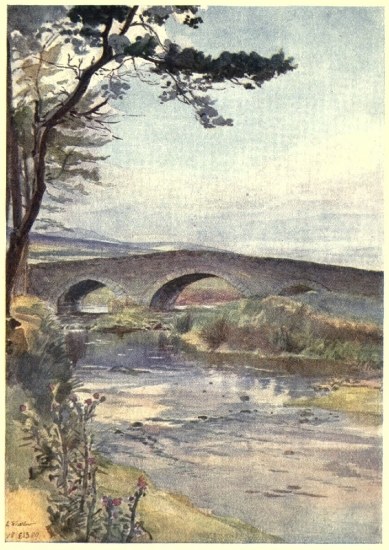
A LITTLE IRISH RIVER
The slow havoc of time amongst these seven remaining little churches and blunt round towers was one day accelerated by Cromwell’s gunpowder, which has left the “Guest House” of the monastery a heap of ruins split into ugly shapes quite out of keeping with the rest.
As the grey group passed away from sight I thought I had never known more eloquent silence than that which enfolds the ruins bearing the sounding name of Clonmacnoise.
Will the electric chain ever be linked up again that carried Ireland’s intellect and mental energy to the Continent in those remote times, and round again from the great sources of learning there, with fresh material to enrich her own store?
You will have the wish to “Come back to Erin, Mavourneen,” after making this little tour. To me Ireland is very appealing, though I owe her a grudge for being so tantalizing and evasive for the painter. The low clouds of her skies cause such rapid changes of sun and shadow over her landscapes that it requires feats of technical agility to catch them on the wing beyond my landscape powers. My only chance is to have unlimited time and thus be able to wait a week, if necessary, for the particular effect to come round again. An artist I heard of thought he had “bested” the Irish weather and its wiles when he set up this clever system: six canvasses he spread out before him on the ground in a row, each with a given arrangement of light and shade sketched out ready. But when the psychological moment arrived he was so flurried, that while he was wildly running his hand up and down the row of canvasses for the right one he could never find it in time.
A nice dance you are led, sketching in Ireland, altogether! You are, for instance, intent on dashing down the plum-like tones of a distant mountain, when lo! that mountain which in its purple mystery seemed some fifteen miles away, in a moment flashes out into such vivid green that, as the saying is here, “you might shake hands with it,” so close has it come. Even its shape is changed, for peaks and buttresses start forth in the sunburst where you imagined unbroken slopes a few minutes before. Shadowed woods spring into dark prominence by the sudden illumination of the fields behind them and as suddenly are engulfed in the golden haze of a shaft of light that pierces the very clouds whose shadows had a minute before given them such a startling prominence on the light background. Unsuspected lovelinesses leap forth while those we saw before are snatched away, and the sunlight for ever wanders up and along the mountain sides, as some one has finely said, “like the light from a heavenly lantern.”
What those changes from beauty to beauty do towards sunset I leave you to imagine. I have never seen Ireland at all worthily painted. I think we ought to leave her to her poets and to the composers of her matchless music.
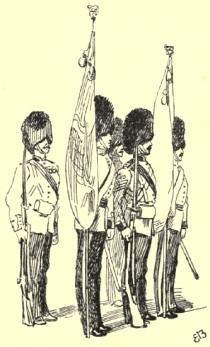
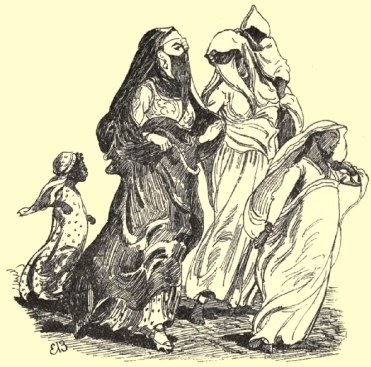
II
EGYPT
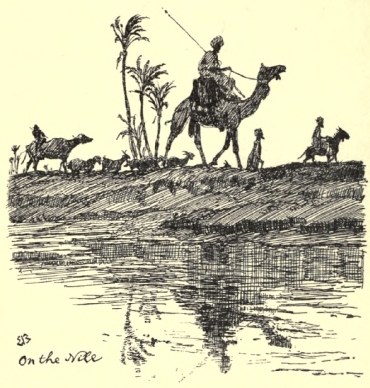
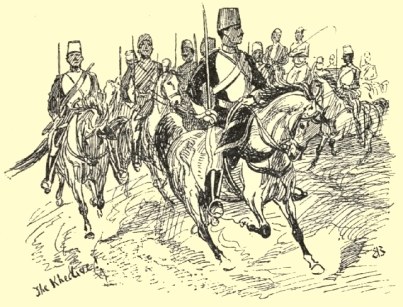
TO the East! What a thrill of pleasure those words caused me when they meant that I was really off for Egypt. The East has always had for me an intense fascination, and it is one of the happiest circumstances of my life that I should have had so much enjoyment of it.
My childish sketch-books, as you remember, are full of it, and so are my earliest scribblings. To see the reality of my fervid imaginings, therefore, was to satisfy in an exquisite way the longing of all my life.
The Gordon expedition was my opportunity, and it was a bold and happy conception of W.’s that of my going out with the two eldest little ones to join him on the Nile when the war should be over. I may say I—and the British Army—had the Nile pretty well to ourselves, for few tourists went up the year I was there. But I had to wait some time at Cairo and at Luxor before all trouble had been put an end to by the battle of Ginniss, which closed the recrudescence of rebellion that burst out after the great Khartoum campaign.
The emotion on seeing the East for the first time can never be felt again. The surprise can never be repeated, and holds a type of pleasure different from that which one feels on revisiting it, as I have so often done since.
One knows the “gorgeous East” at first only in pictures; one takes it on trust from Delacroix, Decamps, Gérôme, Müller, Lewis, and a host of others. You arrive, and their pictures suddenly become breathing realities, and in time you learn, with exquisite pleasure, that their most brilliant effects and groups are no flights of fancy but faithful transcripts of every-day reality.
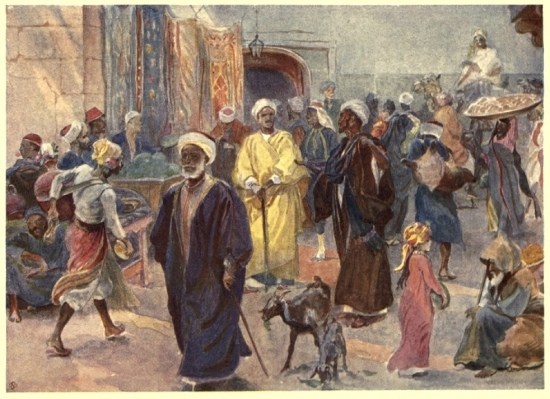
IN A CAIRO BAZAAR
But at first you ask, “Can those figures in robes and turbans be really going about on ordinary business? Are they bringing on that string of enormous camels to carry real hay down that crowded alley; are those bundles in black and in white wrappers, astride of white asses caparisoned in blue and silver, merely matter-of-fact ladies of the harem taking their usual exercise? That Pasha’s curvetting white Arab horse’s tail is dyed a tawny red, and what is this cinder-coloured, bare-headed, jibbering apparition, running along, clothed in rattling strings of sea-shells and foaming at the mouth? A real fanatic? That water-seller by Gérôme has moved; he is selling a cup of water to that gigantic negro in the white robe and yellow slippers, and is pocketing the money quite in an ordinary way. And there is a praying man by Müller, not arrested in mid-prayer, but going through all the periods with the prescribed gestures, his face to the East, and the declining sun adding an ever-deepening flush to the back of his amber-coloured robe.”
It takes two or three days to rid oneself of the idea that the streets are parading their colours and movement and their endless variety of Oriental types and costumes for your diversion only, on an open-air stage.
Cairo in ‘85, ‘86, was only at the beginning of its mutilations by occidentalism, and the Oriental cachet was dominant still. To sit on the low shady terrace of the old Shepheard’s hotel under the acacias and watch the pageant of the street below was to me an endless delight.
The very incongruity of the drama unrolling itself before one’s eyes had a charm of its own. Look at that Khedivial officer in sky-blue, jerkily riding his pretty circus Arab. There follows him a majestic and most genuine Bedouin in camel’s hair burnoos, deigning not the turn of an eyelash as he passes our frivolous throng on the terrace; two Greek priests, their long hair gathered up in knots under the tall black cap and flowing veil, equal him in quiet dignity, and a mendicant friar rattles his little money-box, like an echo of the water-seller’s cups over the way, as a hint to our charity. An Anglo-Indian officer of high degree is driven up to our steps in a ‘bus under a pile of baggage. He has just arrived from India and is impressively escorted by various Sikhs, whose immense puggarees are conceived in a totally different spirit from that of the native turbans. A British hussar, smart as only a British soldier can be, trots by on a wiry Syrian horse; a cab full of Highlanders out for a spree bumps along the unpaved roadway. I confess I was disappointed with the effect of our honoured British red. What did it look like where the red worn by the natives was always of the most harmonious tones!
See that string of little donkeys cheerily toddling along, all but extinguished under their loads of sugar-canes that sweep the ground with their long leaves; humble peasant donkeys, meeting a flashing brougham with windows rigidly closed, through which the almond eyes of veiled ladies of some high Pasha’s harem glance up at us and take us all in in that devouring sweep of vision. Double syces run before such equipages.
French bugles tell us an Egyptian regiment is coming, and, meeting it, will go by with a dull rumble a string of English baggage-waggons drawn by mules and driven by Nubians, escorted by British soldiers in dusty khaki uniforms; stout fellows going to the front, a good many of them to stay there—under the sand.
About 5.30 P.M. weird music and flaring torches brings us out again on the terrace, and we see a tumultuous crowd of pilgrims just arrived from Mecca by the five o’clock Suez train. They gather the crowd by their unearthly din and sweep it along with them. Beggars, flower-sellers, snake-charmers, tourists, and touts are all rolling along in a continuous buzz of various noises. Perhaps the full escort of cavalry jingles past our point of observation and the native crowd salutes the Khedive. Not so the British officers on the terrace, who keep their seats.
But what was all this to diving into the old city, and in a ten minutes’ donkey ride to find oneself in the Middle Ages; in the real, breathing, moving, sounding life of the Arabian Nights? Then when inclined to come back to our time and its comforts, which I am far from despising, ten minutes’ return ride and the glimpse into the old life of the East became as a vision. For what I call the pageant of the street in front of Shepheard’s was much too much mixed with modernity to allow of so complete a transformation of ideas.
The bazaars of Cairo have been painted and written about more than those of any other Oriental city. The idea of my having “a try” at them seems to come a little late! But if it is true that, as some croakers say, Old Cairo is gradually dying, I feel impelled to lay one flower of appreciation beside the grave which is ere long to close.
What a treat, to put it in that way, it was to rove about in the reality of the true East, to meet beauty of form and colour and light and shade and movement wherever one’s eyes turned, without being brought up with a nasty jar by some modern hideosity or other. This was contentment. You know what a bit of colour in sun or luminous shade does for me. Think of my feelings when I walked through the narrow streets where the rays of the sun slanted down through gaps in the masonry, or, as in some, through chinks in the overhead matting—now on a white turban, now on a rose-coloured robe relieved against the rich dark background of some cavernous open doorway, now on a bit of brass-work. The soft tones of the famous Carpet Bazaar in noon-day twilight, with that richness of colour that tells you the invisible sunshine is somewhere, fulfilled—yea, over-filled—my expectations, and close by in real working trim were the brass-workers tinkering and tapping musically, the while smoking their hubble-bubbles in very truth. The goldsmiths, in their own particular alley, were sitting in the rich chiaroscuro of their little shops waiting for me.
Added to those feasts for the eyes were the sounds which pictures could not give me—the warning shouts of the donkey-and camel-drivers, the “by your leave” in Arabic, followed by the shuffling sound of hoof and foot in the soft tan; the tinkling of the water-sellers’ brass saucers; the cries, like wild songs in the minor, of hawkers of all kinds of things. Then the scents, also unpaintable. Incense, gums, tan, ripe fruit, wood-smoke. And the smells? Ah, yes, well—the smells, goaty and otherwise. They were all bound up together in that entirety which I would not have deleted.
There was one particular angle of street in front of I forget what ripe old mosque, before which I would have liked to establish myself all day. The two streams of passers-by, human and animal, ceaselessly jostling each other, came at one particular hour into a shaft of sunlight just at the turn where I could see them in perspective. Now a splendid figure in yellow robe and white turban, accentuating the streak of gold to perfection, occupied the centre of the composition and I would make a mental note: “daffodil yellow and white in intense sunlight; dull crimson curtain in shade behind; man in half-shade in dark brown, boy in indigo in reflected light”—when in the shaft of light now appeared a snow-white robe and rosy turban, putting out the preceding scheme, till a hadji in a turban of soft bluey-green and pale-blue drapery came to suggest a very delicate emphasis to the rich and subdued surroundings.
In the first fresh days how mysterious these covered streets appear, these indoor thoroughfares, muffled with tan, where towering camels and shuffling donkeys and curvetting horses seem so astonishingly out of place.